The Best Lightweight Hunting Boots & Waterproof Hunt Footwear for Long Days Outdoors
Find the best lightweight hunting boots for 2025 - expert comparison of waterproof footwear: comfort, durability, and real-world hunting performance.
Lightweight waterproof hunting boots are the foundation of all-day comfort and hunting success. If you’ve ever spent a full day chasing deer across muddy trails or scaling steep ridgelines with a pack that weighs more than your dog, you already know: that your boots matter - a lot. They might be the difference between a triumphant return and a frostbitten memory.
In 2025, the expectations for hunting gear are higher than ever, and lightweight waterproof hunting boots are no exception. Hunters are looking for that sweet spot between featherlight comfort and fortress-like durability. They want boots that breathe, that grip, that keep you dry without weighing you down. The Crispi Nevada GTX stands out as a versatile choice for various terrains, combining comfort and durability for extended wear.
This guide will walk you through the best lightweight waterproof hunting boots of 2025, break down what features matter, and help you find your next perfect pair, especially if you’re planning to spend long, challenging days outdoors. Remember, no one boot can excel in every situation, so it's essential to have different boots for different conditions.
Get ready to walk further, hunt smarter, and feel better doing it.
The Lightweight Advantage: Why Weight Matters More Than Ever
Spending 8 to 12 hours on rugged terrain takes a toll. Every step counts - especially when you’re hiking with gear. Lightweight hunting boots reduce leg fatigue and help you stay agile, even during the last hour of a hunt.
How every ounce adds up over rugged terrain
A pound on your foot equals five on your back. Multiply that over thousands of steps, and suddenly your boots feel like bricks. Lightweight doesn’t mean flimsy - it means smarter engineering and material choices.
The difference between athletic vs. traditional hunting boots
Today’s hunters are looking for hybrid solutions: boots that perform like trail runners but protect like hunting classics. Think ankle support, moisture-wicking liners in a breathable boot, and durable outsoles - without the bulk.
Waterproofing Matters – Here’s Why
“Waterproof” isn’t just a marketing label - it’s your line of defense against nature’s wettest curveballs. A truly waterproof boot prevents water from seeping in while allowing your sweat to escape. It’s about keeping your feet dry, not only from rain and puddles but also from the inside out. In wet weather, even waterproof boots can allow water to ingress under specific circumstances, making a stable design with a wide base and quality rubber essential for maintaining hiking stability. In hunting, where weather shifts in minutes and terrain surprises at every turn, that protection is non-negotiable.
Membranes that matter – Gore-Tex, GTX, Hillman
Not all waterproof boots are created equal. Gore-Tex and GTX are household names for a reason - they offer high-end, breathable waterproofing that can withstand days of wear. Hillman, on the other hand, incorporates proprietary Dryhunt nanomembrane technology into their designs, engineered specifically for long-distance hunting and tactical terrain. These membranes not only block water but also reduce internal moisture, which helps prevent blisters and fatigue. When comparing options, always look beyond the “waterproof” stamp and into the membrane tech itself.
Wet feet = failed hunts
There’s nothing that kills focus faster than cold, soaked feet. Wet boots lead to chafing, friction, and even serious cold-related issues like hypothermia in extreme cases. But beyond discomfort, they also force you to cut hunts short. When your feet go, your hunt goes. Staying dry is not about luxury - it’s about performance, safety, and endurance.
Waterproofing vs. breathability – finding balance
It’s a fine line: boots need to lock moisture out, but not at the cost of turning your feet into steam rooms. The best lightweight waterproof hunting boots are both managed by using breathable membranes and smart ventilation panels. This balance is especially crucial during warm, active hunts or long treks. Hillman, for example, uses multilayered fabrics that shield from rain but vent heat and sweat, preventing feet from sweating and keeping your feet dry and cool.
Key Features to Look for in the Best Hunting Boots
When you’re scrambling over slick rocks, through muddy creek beds, or up steep, leaf-covered slopes, traction is non-negotiable. Look for deep-lugged outsoles that grip in multiple directions and materials that can handle wet and dry terrain. Vibram-style soles or custom-engineered rubber from brands like Hillman can mean the difference between a stable step and a twisted ankle. Don’t underestimate lug depth—shallow patterns won’t cut it in wet leaves or loose gravel. Multi-directional lugs with heel braking give hunters an edge, especially when carrying gear uphill or downhill.
In the leather vs. synthetic debate, leather uppers are praised for their durability and protection against harsh weather conditions, making them ideal for challenging terrains. On the other hand, synthetic materials are lighter and more breathable, offering technological advancements that enhance their durability. The choice of upper material significantly impacts the performance and longevity of the boots, with personal preference and specific functional needs guiding the decision between leather and synthetic options.
Ankle Support & Toe Box Comfort
The best boots cradle your ankle like a firm handshake - supportive, not suffocating. Good ankle support reduces the chance of sprains and fatigue, especially on uneven ground or sidehills. Look for padded collars and lacing systems that lock the heel without pinching. A well-designed toe box should let your toes splay naturally - too narrow and you’ll feel cramped after a few hours; too loose and you risk blisters. Comfort here affects everything from balance to endurance.
Weight vs. Durability
Let’s get real: lighter isn’t always better if your boots fall apart after a month. But you shouldn’t have to lug around bricks either. The best hunting boots balance weight with smart construction - light enough for speed and mobility, but reinforced at pressure points to stand up to miles of abuse. Look for stitched rather than glued soles, abrasion-resistant panels, and reinforced eyelets or hooks. A 600–800g boot per foot is often the sweet spot for balance.
Fit, Sizing, and Breaking In
Even the best boot will ruin your hunt if it doesn’t fit. Always try boots with the socks you’ll wear while hunting. Make sure there’s room in the toe, snugness in the heel, and no pressure points. And remember - some boots take a few wears to fully mold to your feet. Leather especially needs break-in time. Consider doing short hikes or even yard work in them before heading into the backcountry. A boot that “disappears” on your foot is the goal.
Leather vs. Synthetic
Leather boots are the classics - durable, moldable, and often more breathable than you’d think. Full-grain leather offers longevity and a custom fit over time. It also provides natural water resistance and can be reconditioned over the years of use. Synthetic boots, meanwhile, dry faster and weigh less. Made from nylon, mesh, or hybrid fabrics, they’re excellent for warm-weather hunts or terrain where quick drying is a must. Some modern synthetics rival leather in durability, especially when reinforced with overlays.
Terrain-Specific Choices
Not all terrain is created equal, and neither are boots. If you’re in the mountains, you’ll need more stiffness, a rock plate, and serious ankle protection. Swampy zones demand waterproofing, aggressive tread, and taller uppers. Upland hunting calls for lighter boots that let you move quickly across open ground. Mixed terrain? Look for hybrid boots with flexible midsoles, water-resistant membranes, and moderate insulation that adapts to shifting conditions without compromising performance. Always match your boot to the landscape, not the other way around.
Top Lightweight Hunting Boots of 2025 –Waterproof Footwear Side-by-Side Comparison
Hillman Boots – Innovation meets comfort
Hillman has earned its place among elite bootmakers by mastering the balance between innovation and practicality. Their 2025 models feature lightweight waterproof membranes that don’t compromise on breathability. Whether you’re trekking through alpine terrain or stalking prey through lowland brush, Hillman boots offer a custom-fit experience with premium materials and a flexible sole that adapts to uneven ground.
The inner cushioning supports long-distance comfort, ensuring you have comfortable boots for those extended hunting excursions, while the outer shell provides rugged durability, making them ideal for mountain hunting and extended trips. A standout is Hillman’s use of multi-layer construction that not only keeps your feet dry but also prevents overheating.
Pair them with Hillman’s thermal hiking socks or waterproof gaiters and you’ve got a setup that turns miles into a joyride. These boots are built for the hunter who wants top-tier performance without unnecessary bulk.
Kenetrek Boots – Rugged but heavier
Kenetrek boots are beloved for their bombproof construction, designed to handle the most punishing terrain. Their thick soles, reinforced toe guards, and stiff support systems are excellent for elk, mule deer, or sheep hunts. But with all that power comes weight. While they’re not the lightest, they’re a solid choice for hunters who prioritize protection and structure over speed and agility.
Crispi & Meindl – European craftsmanship
Crispi and Meindl offer a more refined, European take on hunting boots. Both brands integrate advanced waterproofing technology and durable materials, but they shine in fit and comfort. Crispi boots tend to be slightly more athletic and versatile, while Meindl leans into durability and tradition.
These boots might not be the absolute lightest, but they’re well-suited for hunters who want all-around performance with excellent moisture control and longevity.
Best lightweight hunting boots (waterproof footwear)
|
Brand |
Avg.. Weight (per boot) |
Waterproof Membrane |
Ideal For |
Price Range |
Hunter Type |
|---|---|---|---|---|---|
|
Hillman |
~1.1 lbs |
Dryhunt® nanomembrane |
Mixed terrain, any hunting, trekking, all seasons, pros +beginners |
$299–$599 |
All-around, seasonal, deer, drive, stalking, and bow hunts, |
|
Kenetrek |
~2.1 lbs |
Windtex |
Elk, sheep, mountain, cold weather |
$495–$630 |
Elk hunters, pros |
|
Crispi |
~1.1 – 2.4 lbs |
Gore-Tex |
plains, hills, alpine hunting, highlands, waterfowl, |
$280–$520 |
Experienced, all-around, stalking, birds |
|
Meindl |
~1.6 – 2.3 lbs |
Gore-Tex |
Forests, rocky terrain |
$295–$400 |
Seasonal hunters, deer hunters |
Terrain-Specific Boot Choices
Choosing the right hunting boots isn’t just about comfort or looks—it’s about matching your gear to the terrain. Whether you’re climbing rugged peaks or crossing muddy lowlands, the ground beneath your feet dictates the features your boots should have. Let’s explore the best options based on landscape and compare them by weight, function, and why Hillman consistently ranks as a top pick.
Mountain Hunting
Steep slopes, rocky trails, and thin air require mountain hunting boots that deliver unmatched ankle support, rigid soles, and all-day durability. These environments push your gear to the limit, so your boots should act like mini-mountaineering units—sturdy, gripping, and protective.
Recommended weight: 1.1 lbs – 2.6 lbs per boot
Ideal for: Long climbs, steep descents, uneven terrain
Top materials: Full-grain leather or hybrid uppers, shock-absorbing midsoles
Recommended brands: Hillman (lightweight yet rugged), Kenetrek (durable but heavier), Meindl (classic support)
Why Hillman? Hillman’s mountain hunting boots offer the durability of a mountaineering boot with significantly reduced weight (avg. ~1.1 lbs per boot). Their aggressive Vibram-style soles and ergonomic design make them ideal for elevation gain without sacrificing comfort.
Upland Hunting
Upland terrain is typically open and dry, requiring boots that focus on agility and breathability. You’ll be covering large distances quickly, so lightweight is key.
Recommended weight: 1.1 lbs – 1.7 lbs per boot
Ideal for: Open fields, dry terrain, fast-paced hunts
Top features: Synthetic uppers, shallow treads, airflow channels
Recommended brands: Hillman (lightweight comfort), Crispi (fast-drying), Under Armour (minimalist options)
Why Hillman? With breathable materials and streamlined design, Hillman’s upland boots help hunters move faster and farther while maintaining enough support for long hours on foot.
Wetlands & Swamp
This is where waterproofing takes the spotlight. For soggy, marshy ground, choose boots with tall uppers, sealed seams, and aggressive outsoles that shed mud and prevent slips.
Recommended weight: 2 lbs – 2.8 lbs per boot
Ideal for: Swamps, marshes, boggy lowlands
Top features: Rubber coating, waterproof gaiter compatibility, drainage systems
Recommended brands: Hillman, LaCrosse, Muck Boot
Why Hillman? Hillman’s swamp-ready boots combine full waterproof sealing with a surprisingly lightweight build (avg. ~2.2 lbs), plus compatibility with their high-performance gaiters for ultimate defense.
Cold-Weather Hunts
Keeping your feet warm is crucial, along with insulation and waterproofing. These boots should trap heat without causing overheating.
Recommended weight: 2.2 lbs – 3 lbs per boot
Ideal for: Snow, frost, winter ambushes
Top features: 1.3 lbs – 2.2 lbs insulation, thermal lining, wool sock compatibility
Recommended brands: Hillman, Härkila, Baffin
Why Hillman? Their insulated winter boots manage to be both warm and breathable. The integrated thermal system keeps your feet dry and toasty during long sits in snowy terrain—all without the usual bulk.
Mixed-Terrain Scouting
If your day includes forest trails, rocky crossings, riverbeds, and elevation gain, go hybrid. Versatility and adaptability are key.
Recommended weight: 1.5 lbs – 2.2 lbs per boot
Ideal for: All-day scouting, varied terrain, unpredictable weather
Top features: Medium stiffness, moisture-wicking liners, all-terrain soles
Recommended brands: Hillman, Meindl, Salomon Quest
Why Hillman? These hybrid warriors are built for balance—resilient enough for rocky terrain, light enough for flat trails, and waterproof enough for surprise riverbeds. Hillman’s smart outsole design and breathable membranes make them the most versatile choice across mixed landscapes.
Summary: No matter your terrain, Hillman offers purpose-built models that rival or outperform even established international brands, especially when it comes to balancing weight, comfort, and protection.
Whether you’re tracking game in the misty backwoods or crossing alpine meadows on an elk hunt, you need footwear that won’t let you down. While waterproof boots with synthetic uppers can provide some breathability in dry conditions, they often result in sweaty feet during use, which may lead to discomfort and blisters in certain hunting environments. Western hunters, in particular, benefit from advancements in boot design and material, enhancing comfort, support, and functionality in rugged terrains.
Key Features to Look for in the Best Hunting Boots
When you’re scrambling over slick rocks, through muddy creek beds, or up steep, leaf-covered slopes, traction is non-negotiable. Look for deep-lugged outsoles that grip in multiple directions and materials that can handle wet and dry terrain. Vibram-style soles or custom-engineered rubber from brands like Hillman can mean the difference between a stable step and a twisted ankle. Don’t underestimate lug depth—shallow patterns won’t cut it in wet leaves or loose gravel. Multi-directional lugs with heel braking give hunters an edge, especially when carrying gear uphill or downhill.
In the leather vs. synthetic debate, leather uppers are praised for their durability and protection against harsh weather conditions, making them ideal for challenging terrains. On the other hand, synthetic materials are lighter and more breathable, offering technological advancements that enhance their durability. The choice of upper material significantly impacts the performance and longevity of the boots, with personal preference and specific functional needs guiding the decision between leather and synthetic options.
Ankle Support & Toe Box Comfort
The best boots cradle your ankle like a firm handshake - supportive, not suffocating. Good ankle support reduces the chance of sprains and fatigue, especially on uneven ground or sidehills. Look for padded collars and lacing systems that lock the heel without pinching. A well-designed toe box should let your toes splay naturally - too narrow and you’ll feel cramped after a few hours; too loose and you risk blisters. Comfort here affects everything from balance to endurance.
Weight vs. Durability
Let’s get real: lighter isn’t always better if your boots fall apart after a month. But you shouldn’t have to lug around bricks either. The best hunting boots balance weight with smart construction - light enough for speed and mobility, but reinforced at pressure points to stand up to miles of abuse. Look for stitched rather than glued soles, abrasion-resistant panels, and reinforced eyelets or hooks. A 600–800g boot per foot is often the sweet spot for balance.
Fit, Sizing, and Breaking In
Even the best boot will ruin your hunt if it doesn’t fit. Always try boots with the socks you’ll wear while hunting. Make sure there’s room in the toe, snugness in the heel, and no pressure points. And remember - some boots take a few wears to fully mold to your feet. Leather especially needs break-in time. Consider doing short hikes or even yard work in them before heading into the backcountry. A boot that “disappears” on your foot is the goal.
Leather vs. Synthetic
Leather boots are the classics - durable, moldable, and often more breathable than you’d think. Full-grain leather offers longevity and a custom fit over time. It also provides natural water resistance and can be reconditioned over the years of use. Synthetic boots, meanwhile, dry faster and weigh less. Made from nylon, mesh, or hybrid fabrics, they’re excellent for warm-weather hunts or terrain where quick drying is a must. Some modern synthetics rival leather in durability, especially when reinforced with overlays.
Terrain-Specific Choices
Not all terrain is created equal, and neither are boots. If you’re in the mountains, you’ll need more stiffness, a rock plate, and serious ankle protection. Swampy zones demand waterproofing, aggressive tread, and taller uppers. Upland hunting calls for lighter boots that let you move quickly across open ground. Mixed terrain? Look for hybrid boots with flexible midsoles, water-resistant membranes, and moderate insulation that adapts to shifting conditions without compromising performance. Always match your boot to the landscape, not the other way around.
Who Needs Lightweight Waterproof Hunting Boots?
Not every hunter needs the bulkiest, most insulated boots on the market. In fact, for many types of hunts, lightweight waterproof boots can make all the difference between dragging your feet and covering the ground with confidence. For hunters who walk long miles, especially whitetail hunters, lightweight waterproof boots are essential as they reduce fatigue and improve mobility. Let’s break down who benefits the most:
Shed Hunters & Deer Hunters
These hunters are always on the move, often covering long distances across open and wooded terrain. Lightweight waterproof boots allow them to hike comfortably for hours while staying dry through early morning dew, muddy trails, and unexpected stream crossings. The right pair reduces fatigue and helps you focus on antlers and movement, not sore feet.
Backpacking Hunters
For hunters carrying gear across rough, remote terrain, boot weight and comfort are game-changers. Every ounce counts, especially when you’re hauling a heavy hunting backpack through hills or backcountry routes. Breathable, waterproof boots reduce strain without compromising protection. Ideal for multi-day hunts, elevation gain, and long hauls.
Upland Bird Hunters
Agile, fast-moving, and highly mobile, upland bird hunting requires boots that can keep up with the hunters' needs. Quick-dry materials, solid grip, and all-day comfort are essential for traversing fields, hills, and grasslands in pursuit of a fast-flying game. Lightweight designs make it easier to pivot, sprint, and stay balanced on uneven terrain.
Weekend Warriors & All-Day Trackers
Even if you’re not clocking miles daily, lightweight waterproof boots are worth the investment. They keep fatigue low and enjoyment high, whether you're tracking solo, guiding a friend through thick brush, or spending the day scouting new areas. Comfort shouldn’t be a luxury; it should be your baseline.
Fit and Comfort: Getting It Right
Let’s face it - no matter how rugged, waterproof, or high-tech a hunting boot is, if it doesn’t fit properly, it’s a liability. Blisters, hot spots, foot fatigue… they’re the enemies of every successful hunt. Ensuring your boots fit properly is crucial to avoid these issues and enhance comfort during rigorous outdoor activities. Here’s how to make sure your boots feel as good as they perform.
Sizing Tips
Finding the right size isn’t just about the number on the label. Try boots on with your actual hunting socks, preferably in the afternoon when your feet are naturally a bit swollen. This mimics real-world conditions and ensures a better fit. Your toes shouldn’t touch the front, your heels shouldn’t slip, and there should be just enough room to flex without sliding around. Always check sizing guides - some brands run narrow or wide.
What “Fits Well” Really Means
A great fit is snug but not tight. You should feel supported around the ankle and heel, yet free to move your toes. Look for anatomical footbeds and boot designs that follow the natural curve of your foot. Arch support is crucial, especially for longer hunts. If you notice pinch points or uneven pressure during your first try-on, it’s not going to improve in the field - try a different model or width.
Breaking-In and Comfort Support
Even premium boots may need a break-in period to adapt to your feet. Don’t take brand-new boots on a week-long hunt - start with short hikes, scouting trips, or even wear them around the house. Some models include memory foam collars or flexible soles that adjust more quickly. Look for removable insoles and midsoles with shock absorption for a custom feel. Good boots will disappear from your feet after a few wears.
Sock Pairing and Lacing Techniques
Never underestimate the role of the right socks. Use moisture-wicking, thermal socks with padding in the heel and toe to reduce friction. Merino wool blends are a go-to for their warmth and breathability. Lacing matters too - experiment with heel-lock lacing to prevent slipping or ladder lacing to relieve pressure points. Small adjustments here can dramatically improve comfort.
Socks, Insoles & Accessories – Small Things That Matter
Thermal socks
Late-season thermal socks are not just cozy - they’re essential. Designed to keep heat in and wick moisture out, a good pair of socks makes a major difference on long, cold days in the field. Look for padded heels and toes, seamless construction, and materials like Merino wool. Hillman’s thermal socks, for example, add a second layer of comfort to already high-performing boots.
Waterproof gaiters
Gaiters are a small investment with massive benefits. These boot-cuff covers keep water, snow, and debris from getting into your boots, especially useful in swampy terrain or deep snow. Hillman gaiters pair perfectly with their boots, adding an extra layer of protection without sacrificing breathability.
Insoles for support
Custom or upgraded insoles can help you adapt boots to your exact foot shape, improving comfort, shock absorption, and even posture. Especially valuable for hunters with flat feet or high arches, quality insoles reduce fatigue and prevent injuries during long hauls. Look for options that provide heel cupping and arch support. Additionally, insoles can offer extra cushioning and stability, protecting your feet from sharp rocks and enhancing overall comfort on rugged terrain.
Caring for accessories
It’s not just about buying the right gear - it’s about maintaining it. Wash your socks regularly to keep fibers working properly, air out insoles after long treks, and dry gaiters thoroughly to prevent mildew. A little care extends the life of your gear and keeps your setup ready for the next hunt.
Boot Pairing 101 – Building the Perfect Foot System
Ask any seasoned hunter, and they’ll tell you: that the magic isn’t just in the boots - it’s in the system. Your foot setup, or “foot system,” combines your boots, socks, insoles, and accessories into one cohesive unit that works together to keep your feet dry, warm, and blister-free from the first mile to the last. Insoles designed for trail running can enhance comfort and support during hunting, providing the necessary cushioning and stability for long, strenuous activities.
Choose socks like you choose boots
Your socks are the first layer of defense. Go for moisture-wicking materials like Merino wool, especially for long hikes or wet conditions. Avoid cotton - it traps sweat and creates friction. For colder days, thermal socks with strategic padding in the heel and toe help regulate temperature and prevent hotspots.
Insoles: your silent support system
Standard insoles might get you through a few hours, but if you're logging serious miles, upgrade to insoles with proper arch support and shock absorption. Gel or memory foam insoles can reduce foot fatigue, and heat-moldable options give you a personalized fit. Bonus: They also help with posture and load distribution.
Gaiters – the unsung heroes
Waterproof gaiters prevent debris, snow, and water from entering your boots - an essential in swampy or snowy terrain. Hillman’s gaiters are designed to work seamlessly with their boots, providing an extra seal that keeps the elements out, especially in unpredictable weather.
Air your boots and insoles out after every hunt. Wash socks properly to maintain their elasticity and moisture control. Replace worn-out insoles or switch them between boots for different terrains. A well-maintained foot system is more than gear - it’s an advantage.
User Reviews & Field Tests
When it comes to hunting boots, nothing beats real-world experience. Lab tests are great, but mud, snow, and rocky slopes tell the real story. Field testers and seasoned hunters consistently praise Hillman boots for maintaining their structure and waterproofing even after months of heavy use. Whether trudging through bogs or scaling wet ridges, these boots show minimal signs of wear - no cracking, no sole separation, and no leaky seams. The long-haul strength has become a signature of Hillman’s design. Additionally, Hillman boots perform exceptionally well in hard hunting conditions, providing the durability and support needed for extensive periods of intensive hunting across multiple seasons and diverse terrains.
Performance in Terrain
From the Rocky Mountains to Eastern European forests, lightweight waterproof boots are being put to the test across continents. Upland hunters report nimble movement with Hillman models, while mountain hunters appreciate the firm ankle support and grip in steep, rocky terrain. The combination of lightweight feel and rugged traction helps hunters stay surefooted in slippery or unstable environments. Moisture management has also scored high marks - boots stay dry inside, even after walking through streams or wet brush.
Quotes & Observations
“After 12 days in British Columbia’s backcountry, my Hillmans were the only gear I didn’t complain about.”
– Mark D., professional guide
“I’ve worn Kenetrek for years, but Hillman’s boots feel like sneakers with armor. Light but bombproof.”
– Elena R., elk hunter
“It rained nonstop for 3 days in Slovakia. My feet? Dry as a bone.”
– Jörg H., photographer & hunter
What Hunters Value
It’s not always about the feature list - it’s about how the boot feels after the 12th mile of the day. Users highlight the reduced leg fatigue, foot stability, and surprisingly breathable interiors. Reviewers across forums and field test groups agree: in 2025, lightweight and waterproof no longer mean compromise. Hillman has cracked the code for hunters who expect serious comfort without sacrificing durability.
What to Avoid When Buying Boots
Cheap waterproofing
Not all waterproofing is created equal. Bargain boots often rely on surface coatings that wear off quickly or synthetic liners that trap moisture inside. The result? Damp feet, blisters, and a much shorter boot lifespan. Always look for boots with proven waterproof membranes like Gore-Tex or Hillman’s proprietary tech.
Lack of grip
Slippery soles can turn a great hunt into a dangerous one. Avoid boots with flat or shallow tread patterns, especially if you plan to traverse rocky, muddy, or wet terrain. A quality outsole is essential for staying upright and confident in unpredictable conditions. Boots with good traction are also crucial for carrying elk meat over rugged terrain, ensuring you can handle the physical demands without slipping.
Wrong boot for the wrong terrain
Using lightweight upland boots in mountainous terrain or heavier boots in dry flatlands will leave your feet overworked or overheated. Match your boots to your hunting environment. It’s about efficiency, not just protection.
A boot can be top-rated, waterproof, and grippy - but if it doesn’t fit your foot, it’s useless. Never skip the try-on process. Break them in before your hunt, and make sure the boot works with your socks and foot shape.
Care & Maintenance Tips
Keeping your hunting boots in top shape isn’t complicated - but it’s essential. A few small habits can dramatically extend their life and keep performance at its peak. Here’s how to care for your boots before, during, and after the hunt.
Cleaning and Drying
After each hunt, clean your boots thoroughly to remove dirt and debris. Use a brush to scrub off mud and a damp cloth for more stubborn spots. For leather boots, apply a leather conditioner to keep the material supple and prevent cracking. Synthetic materials, on the other hand, require different care. They are generally lighter, more breathable, and quick-drying, which can be advantageous in wet conditions. Simply wipe them down and allow them to air dry, avoiding direct heat sources.
Cleaning and Drying
After each hunt, give your boots a quick clean. Brush off dirt and debris with a soft brush, and rinse off any mud with lukewarm water. Avoid using harsh soaps, as they can damage the waterproof membrane or dry out the leather. For leather boots, use a cleaner designed specifically for full-grain leather. If you've been through saltwater or snowmelt, rinse thoroughly to avoid long-term corrosion or staining.
Never dry boots with direct heat - no fireplaces, no hairdryers. High temperatures can warp the material and degrade adhesives. Instead, remove the insoles, stuff the boots with newspaper, or use a boot dryer with gentle airflow. Let them dry naturally at room temperature for best results. Patience is key -rush the process, and you risk cracking or deforming the upper.
Storage and Lifespan
Store your boots in a cool, dry place, away from sunlight or damp basements. Keep them upright or hanging, and avoid folding or crushing them. Use boot trees or loosely packed newspaper to help retain their shape. Regular conditioning (for leather) and occasional waterproofing sprays will extend their life. With proper care, high-quality boots can last several seasons, even under tough conditions.
Bonus Tip: Rest Days for Your Boots
If you’re hunting multiple days in a row, try not to wear the same boots day after day. Giving your boots a “rest day” allows them time to fully dry, breathe, and reset. This reduces internal moisture buildup, odor, and long-term material fatigue. Just like your legs need recovery, so do your boots.
FAQ – Lightweight Waterproof Hunting Boots (2025 Guide)
What are the best lightweight waterproof hunting boots of 2025?
If you're looking for the best of the best, focus on boots that balance weight, waterproofing, and durability. Models from Hillman, Crispi, and Kenetrek are leading the charge in 2025. Look for breathable membranes, reinforced outsoles, and supportive midsoles.
Are lightweight waterproof boots durable enough for rugged terrain?
Yes—modern lightweight boots use advanced materials like synthetic reinforcements and layered midsoles to handle tough conditions without the bulk. Durability now comes without the extra ounces.
Can I use hunting boots for hunting in wet conditions?
Hiking or hunting boots can work if they're fully waterproof and have solid traction, but true hunting boots offer better support and features like scent control, reinforced toe boxes, and ankle protection designed for fieldwork.
How do I keep my feet dry and warm during long hunts?
Start with a waterproof, breathable boot paired with moisture-wicking socks. In cold weather, add thermal insoles or heated sock systems. Avoid cotton socks - they trap moisture and chill fast.
What’s better for long days: leather boots or synthetic ones?
Leather boots offer better longevity and custom fit over time, while synthetic boots are lighter and dry faster. Choose leather for rugged durability; go synthetic for hot, wet, or quick-drying needs.
Do lightweight waterproof hunting boots work for elk hunting?
Yes, but choose models with reinforced support and aggressive traction. Elk hunting often involves long miles and heavy packs, so a lightweight mountain boot with an ankle bone support system is ideal.
Are uninsulated boots suitable for cold weather?
Only with the right layering. Uninsulated boots give you flexibility, but you’ll need thermal socks and possibly heated insoles for warmth. Great for those who move a lot or hunt in mildly cold climates.
How important is toe box space in hunting boots?
Very. A cramped toe box leads to blisters and poor circulation. Make sure there’s room to wiggle your toes—especially for cold-weather hunts where circulation affects warmth.
Can running shoes replace hunting boots in mild terrain?
Running shoes offer comfort but lack protection, waterproofing, and traction. For short scouting trips in dry terrain, maybe. For serious hunting - stick to boots built for the wild.
What makes mountain boots different from other boots?
Mountain boots are stiffer, more supportive, and built for elevation. They often feature rock plates, heel brakes, and reinforced ankle support. Perfect for steep, rocky terrain.
What’s the role of an ankle bone support system in modern hunting boots?
These systems stabilize your foot and protect the ankle from sprains and fatigue, especially on uneven terrain. They can be built into the collar or integrated into the midsole structure.
Are there other boots that work well for hunting but aren’t labeled as "hunting boots"?
Some military or tactical boots perform well in hunting conditions, offering great support and weatherproofing. Just be sure they meet your terrain, insulation, and comfort needs.
Final Thoughts – Choose Smart. Hunt Better. Walk Further.
At the end of the trail, it all comes down to trust-trust in your gear, your boots, and your preparation. Lightweight waterproof hunting boots aren’t just a modern luxury - they’re a necessity for anyone who spends long days trekking through wild landscapes. The best boots protect, support, and move with you, letting you focus on the hunt, not your feet.
Choosing the best elk hunting boot is crucial for late-season wilderness hunting, as features like insulation and support ensure your footwear meets the demands of challenging environments.
In 2025, Hillman continues to lead the pack, delivering boots that strike the perfect balance between innovative tech and field-tested toughness. Whether you’re chasing deer at dawn, hiking steep ridges, or crossing frosty meadows, Hillman’s lightweight, waterproof hunting boots are built to perform.
For more information, you can watch our video on Alpha 2.0 Dryhunt - the best waterproof hunting boots:
Ready to take the weight off your next hunt?
Explore Hillman’s lightweight, waterproof hunting boots – engineered for long days, hard trails, and total comfort.
Complete your setup with our thermal socks and insulated hunting pants for all-day performance.
You can read this article in:















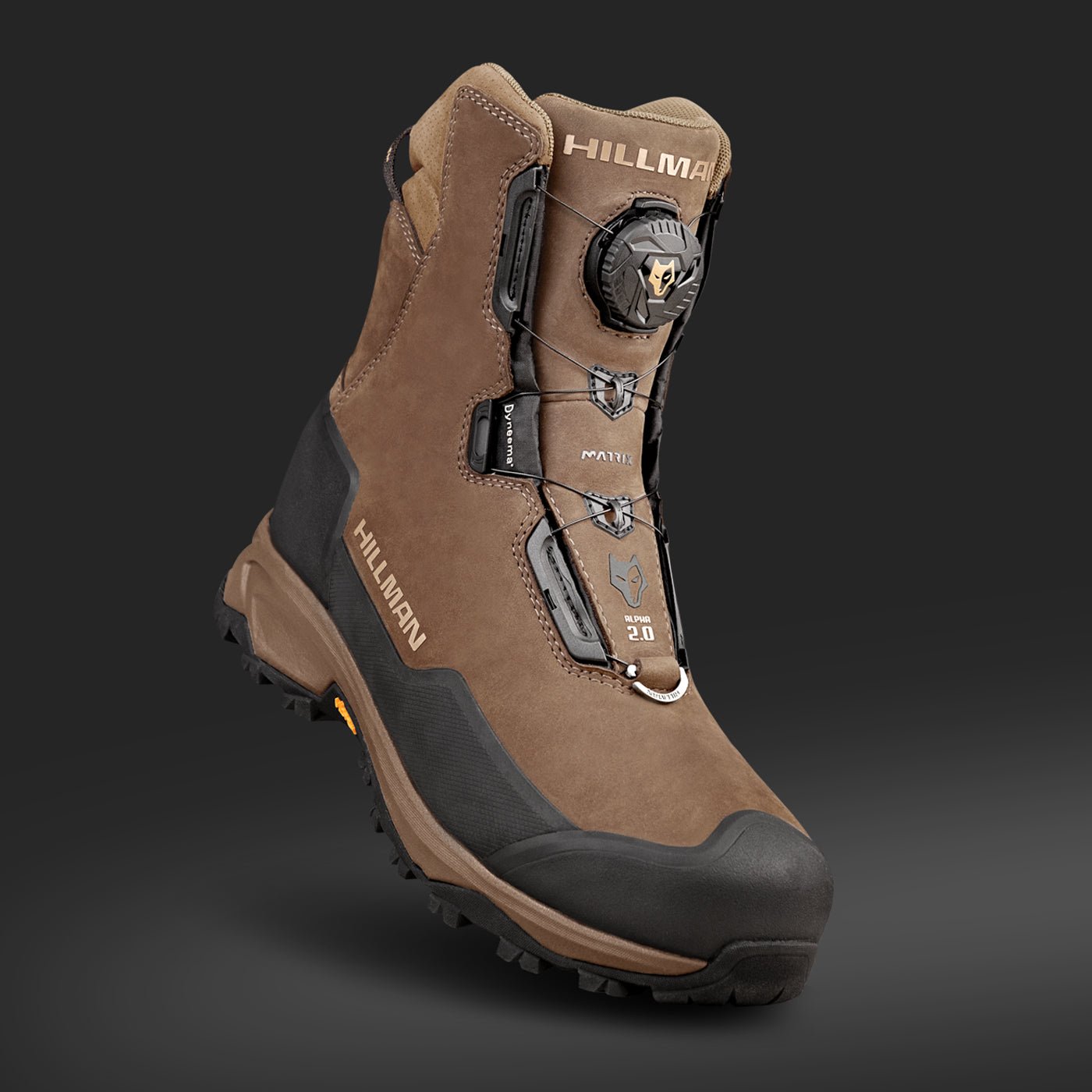
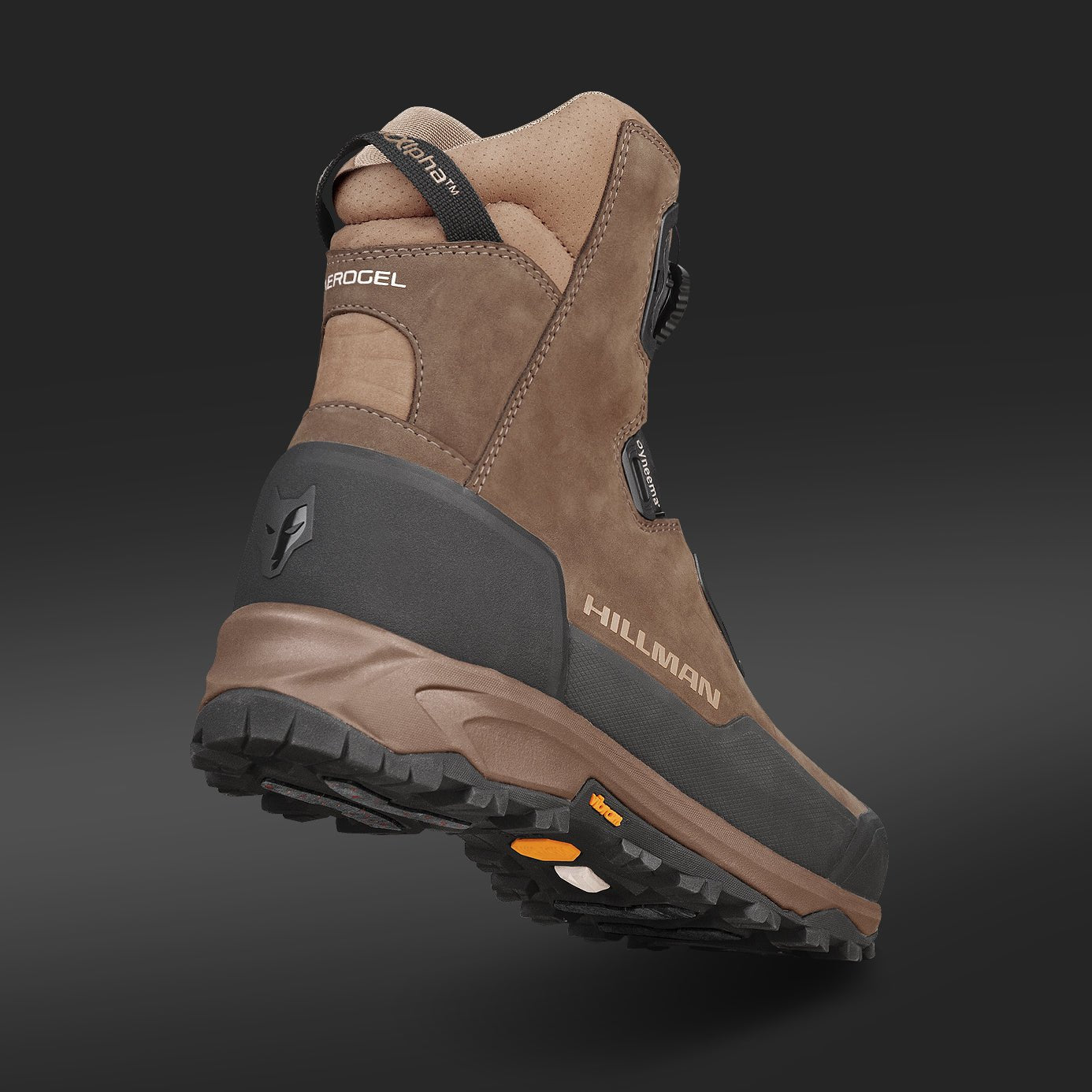
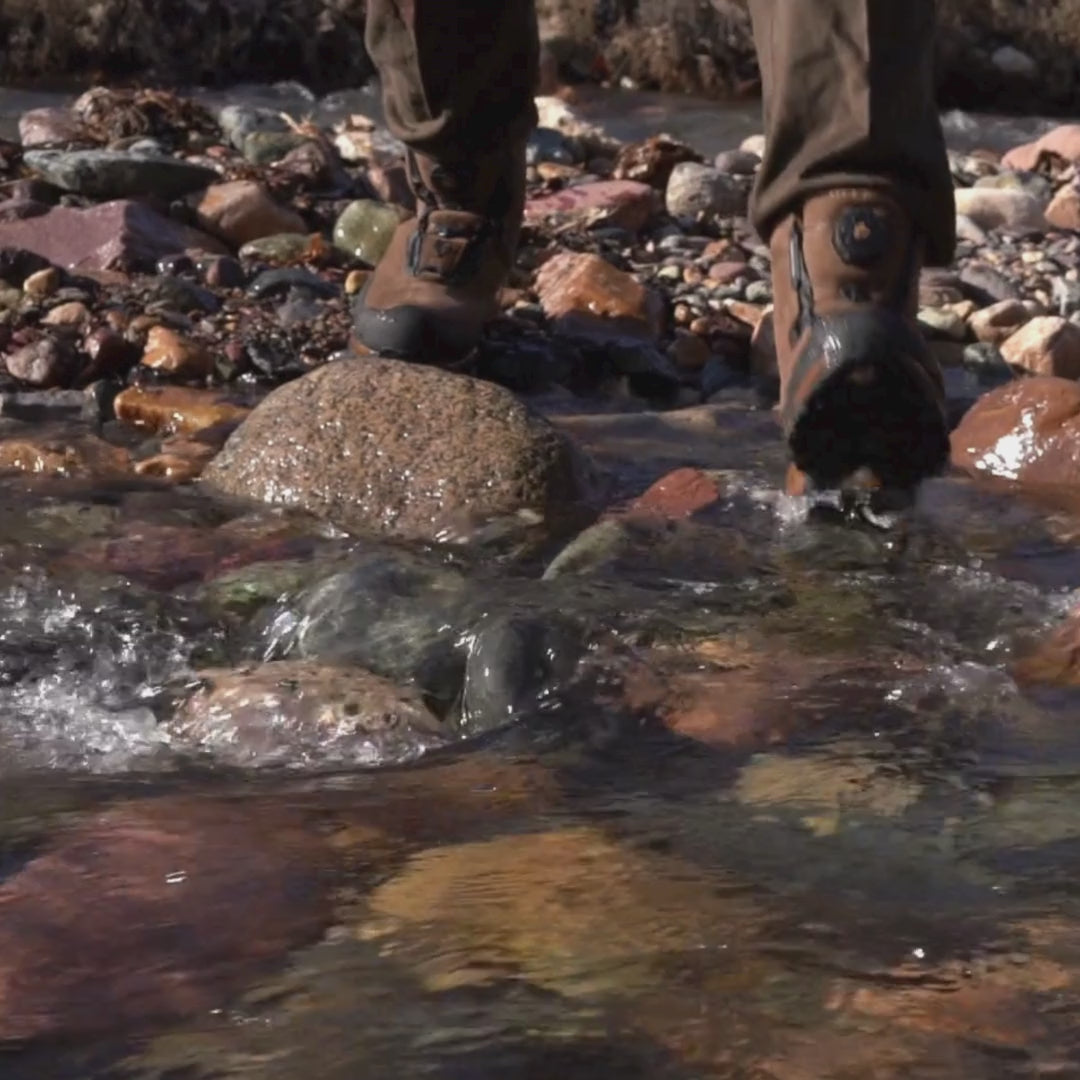
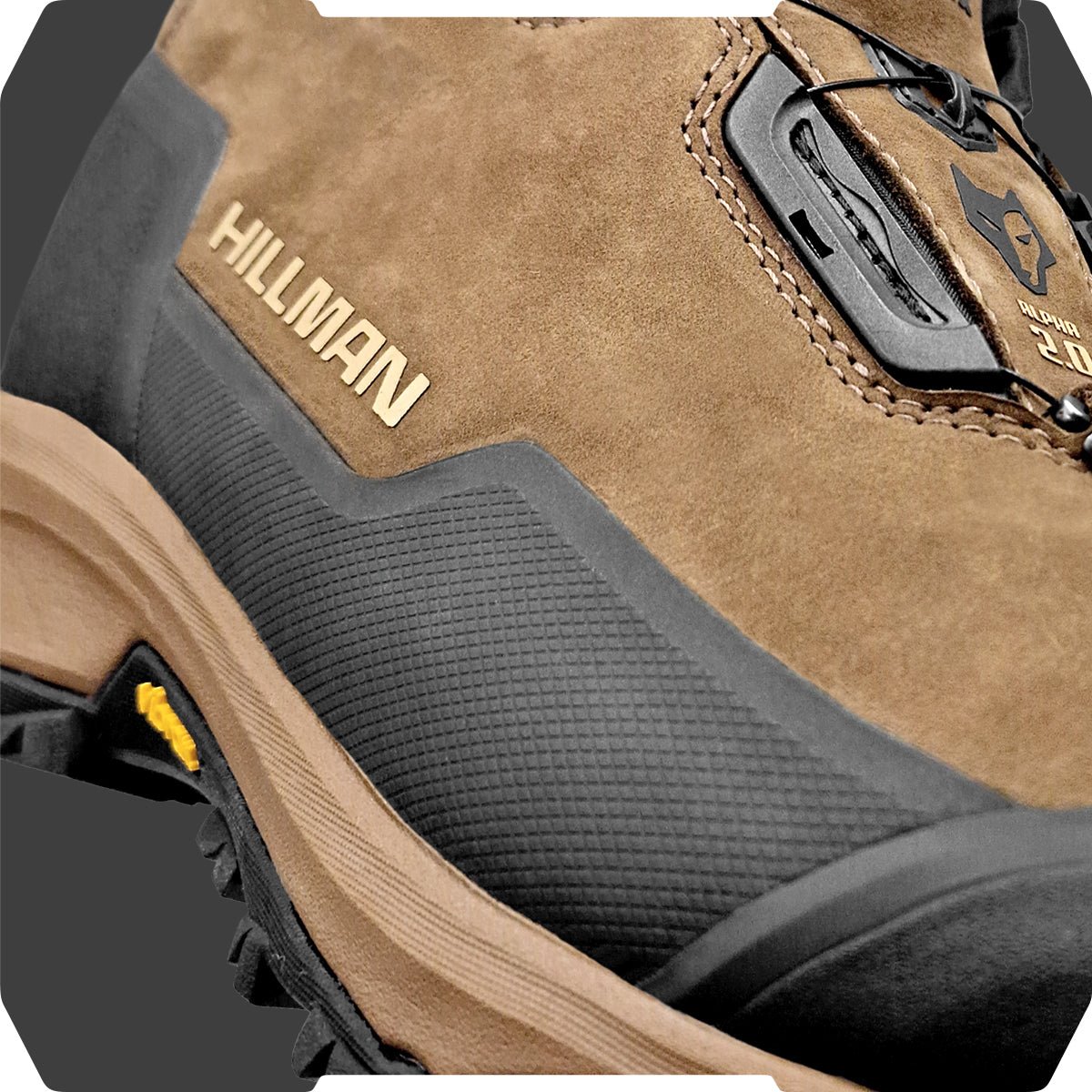
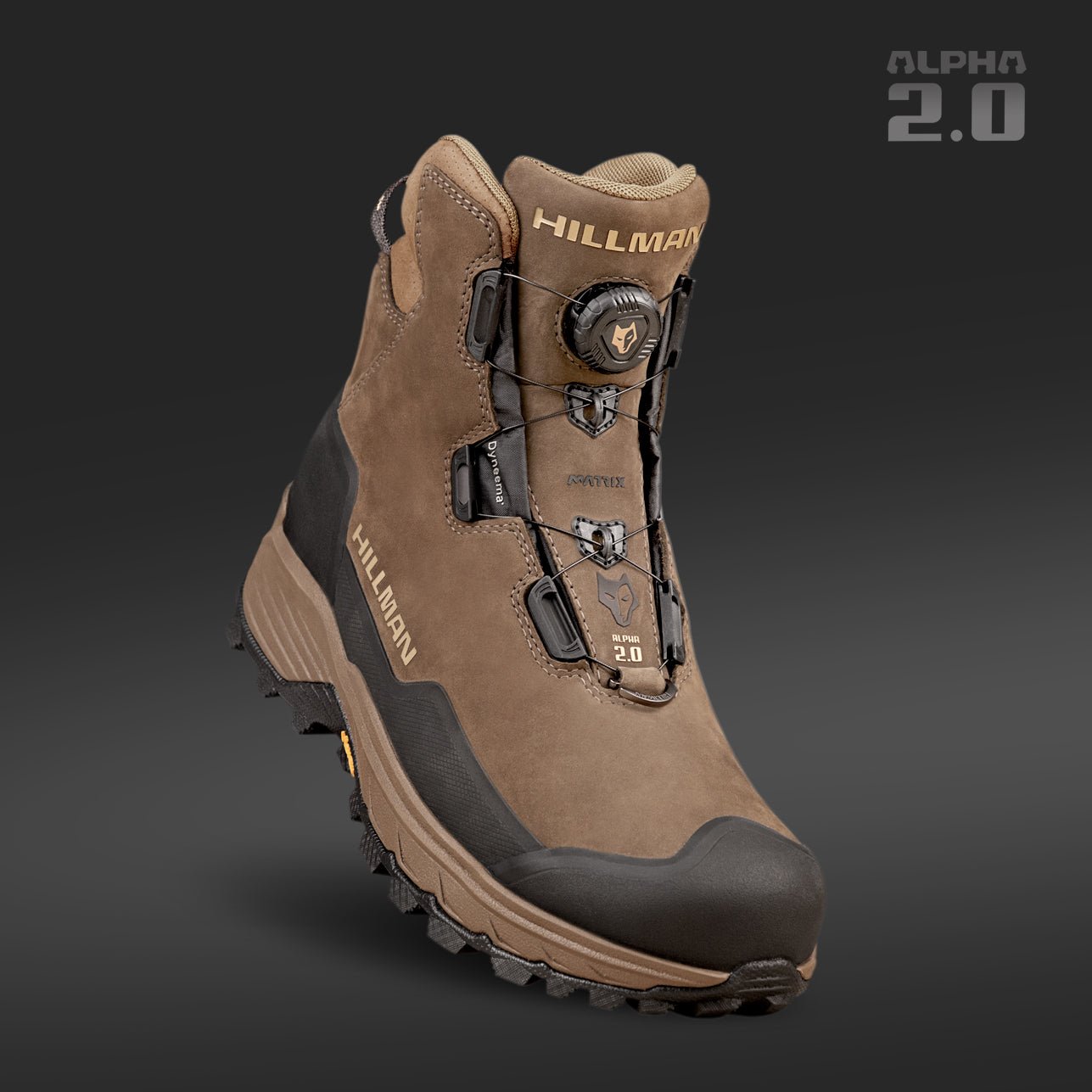


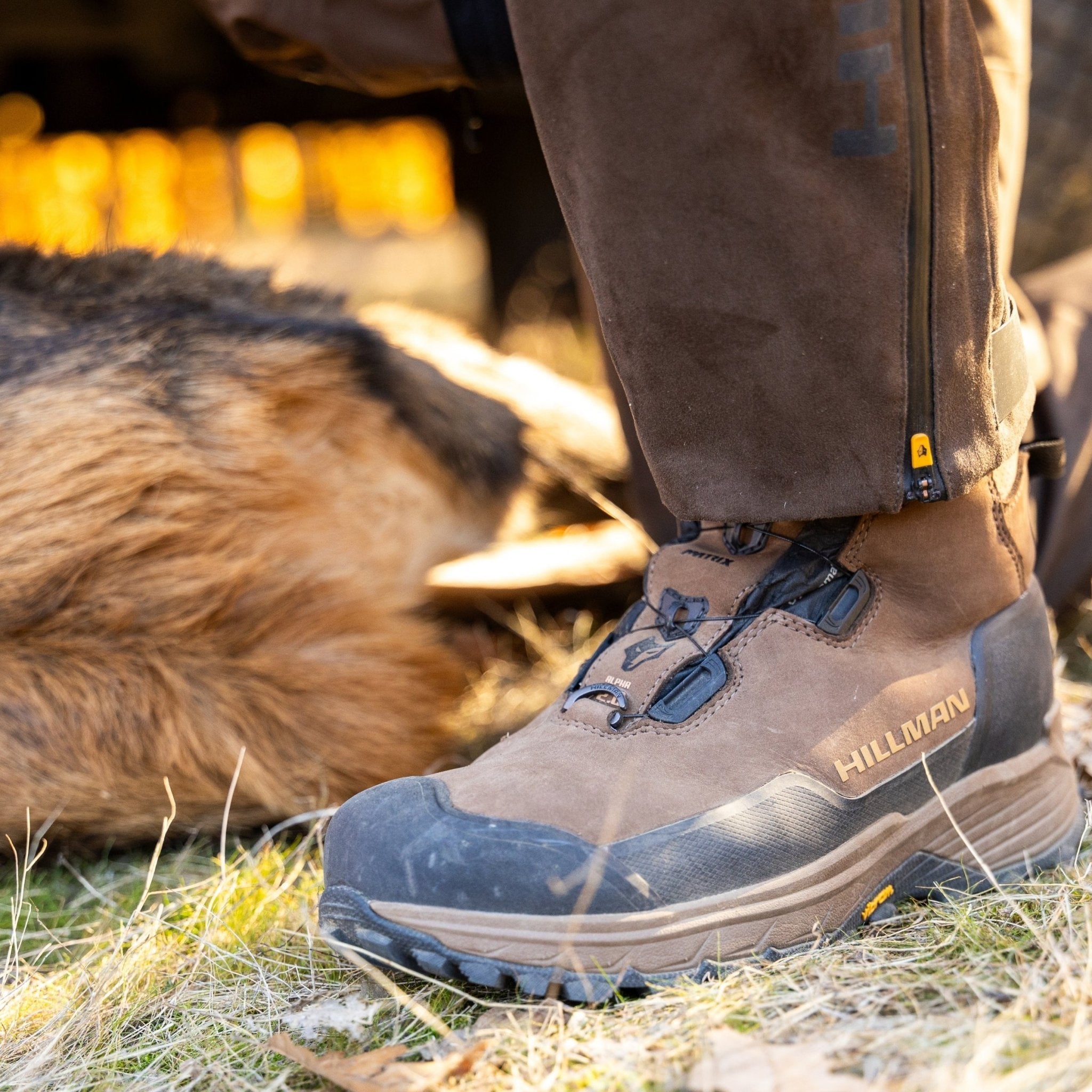
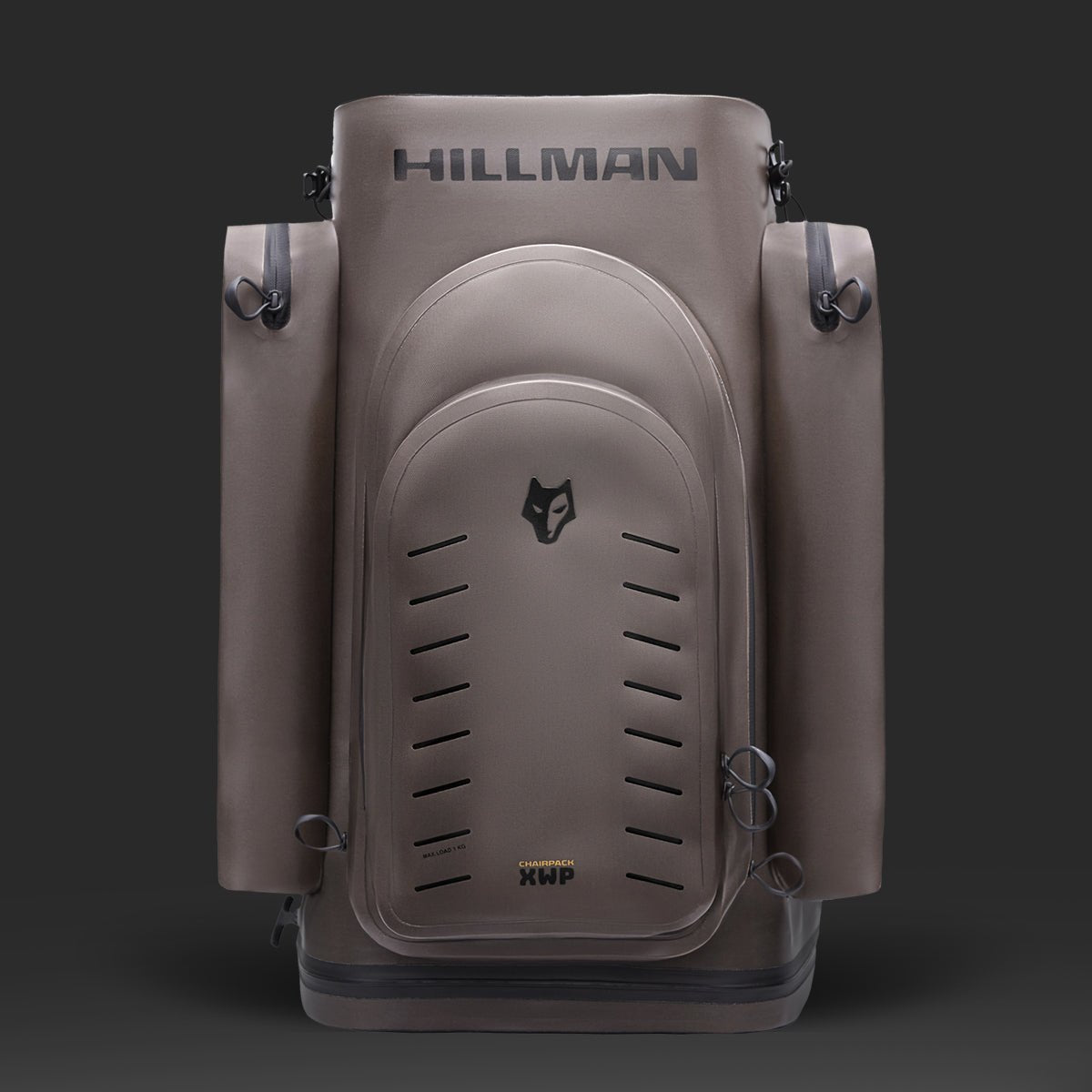
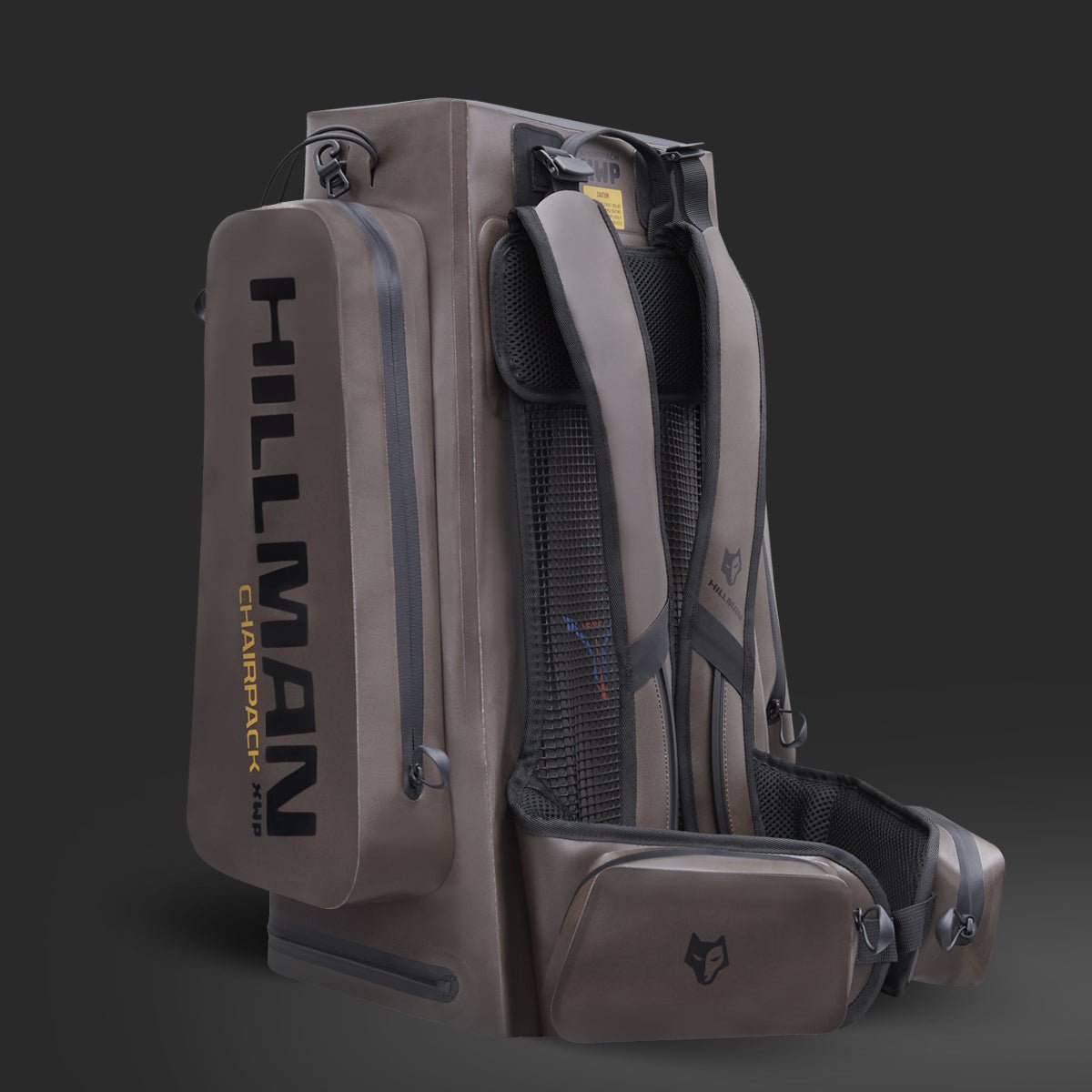
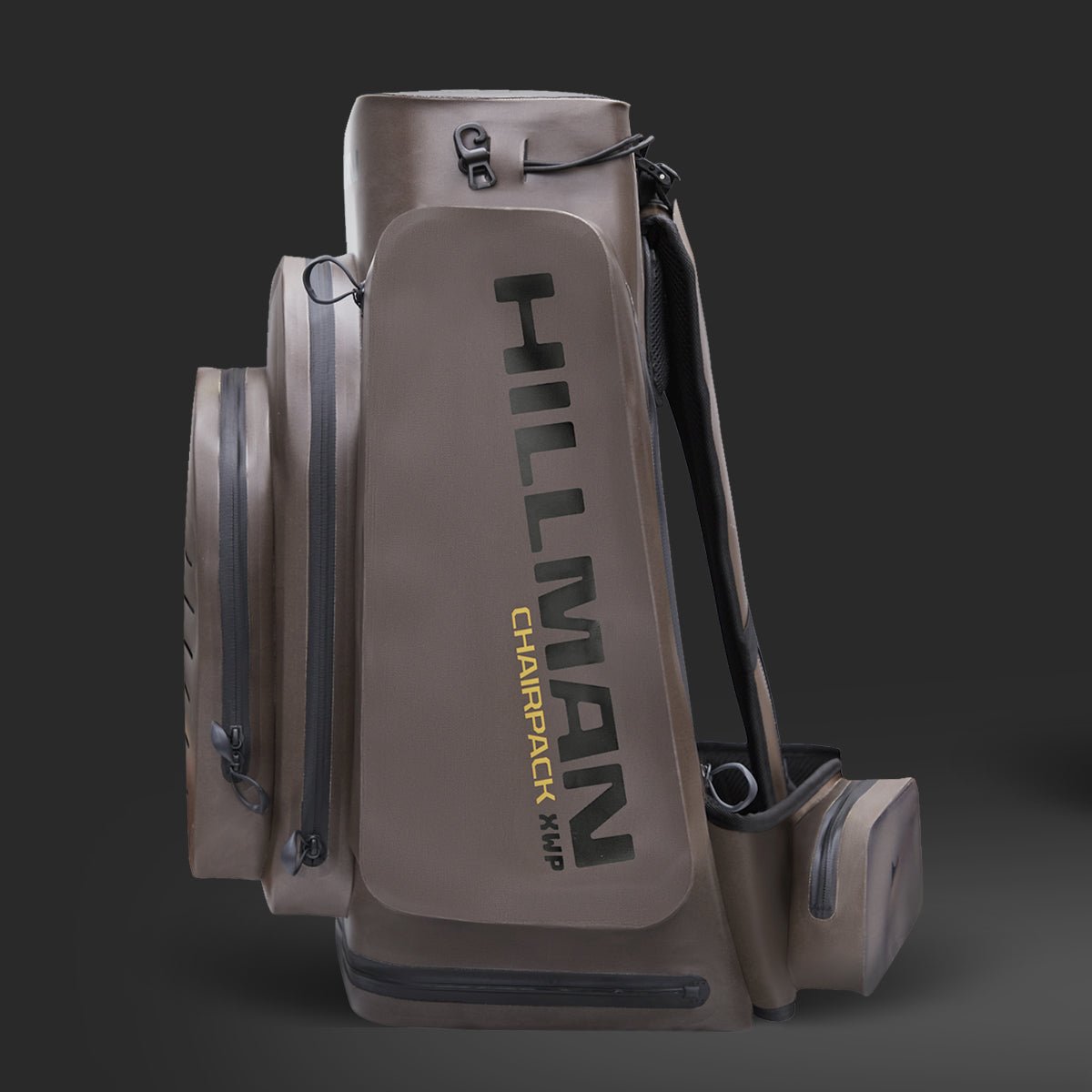
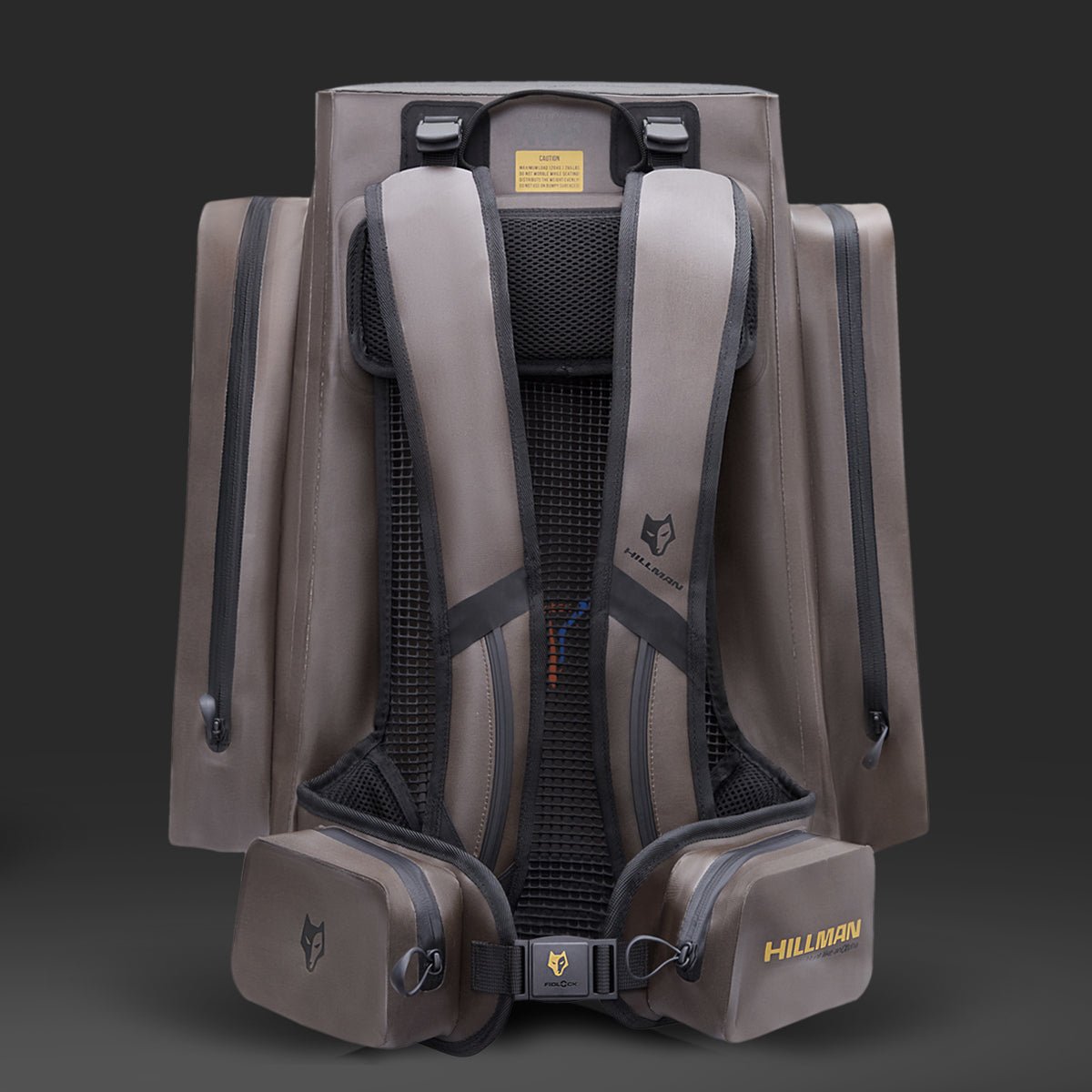
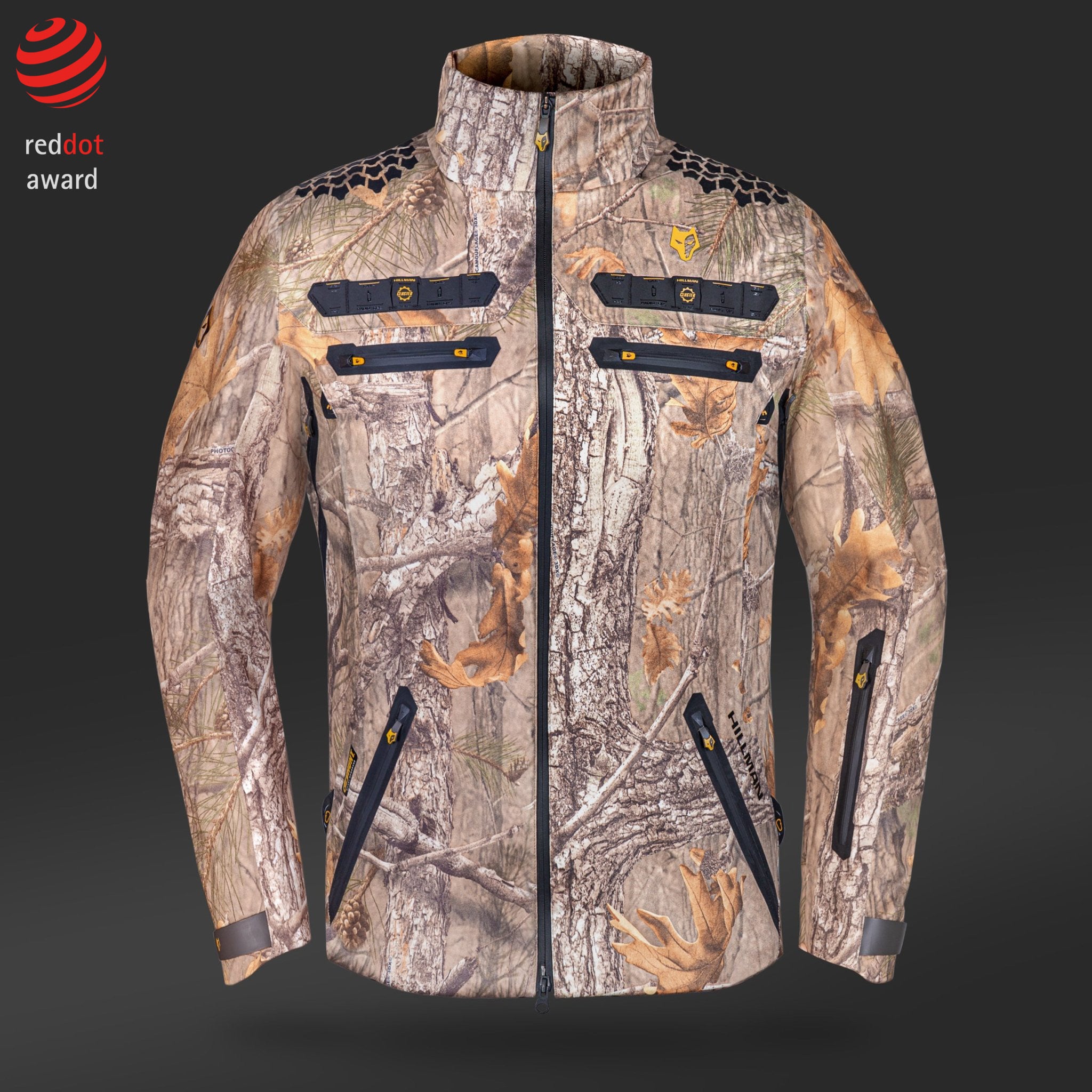

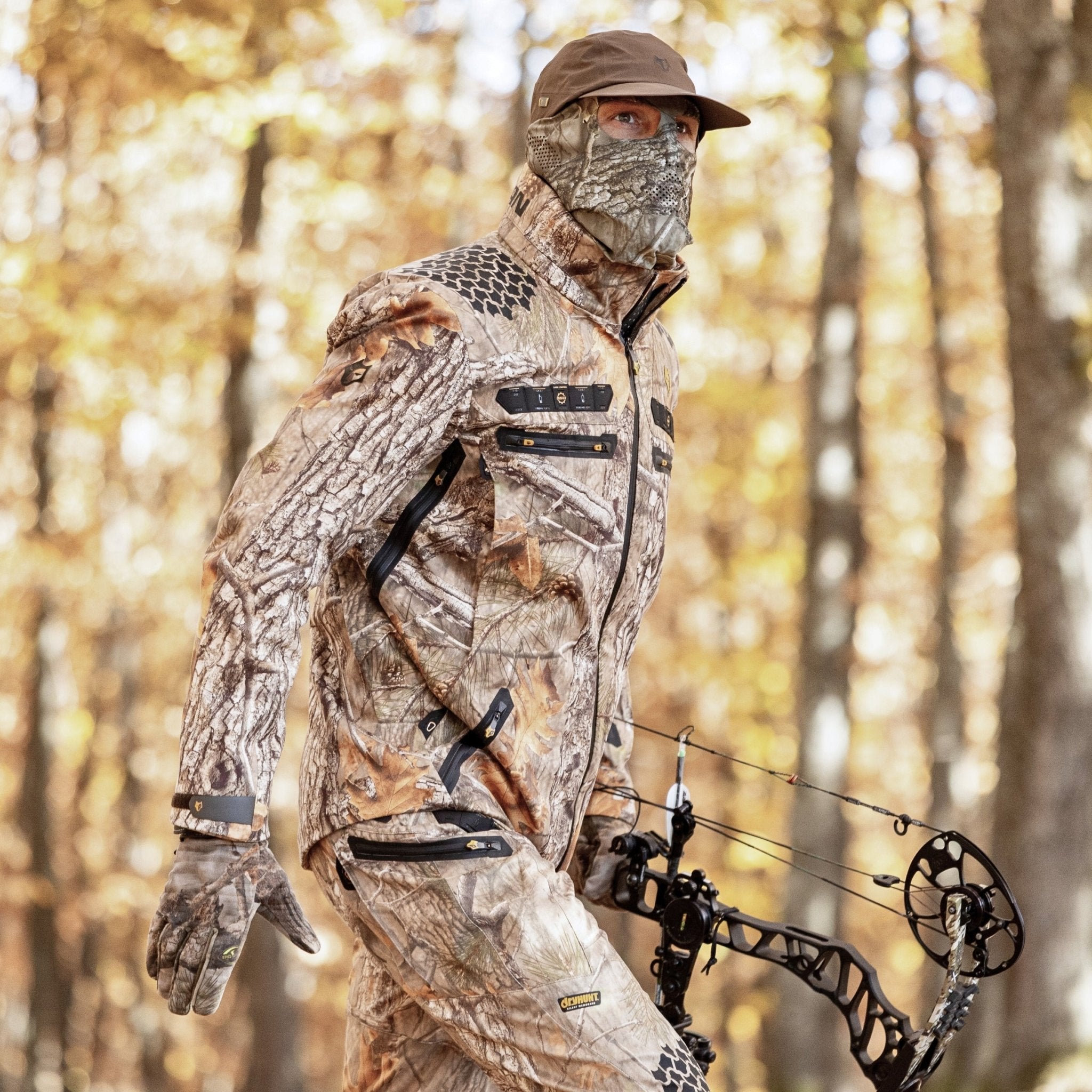


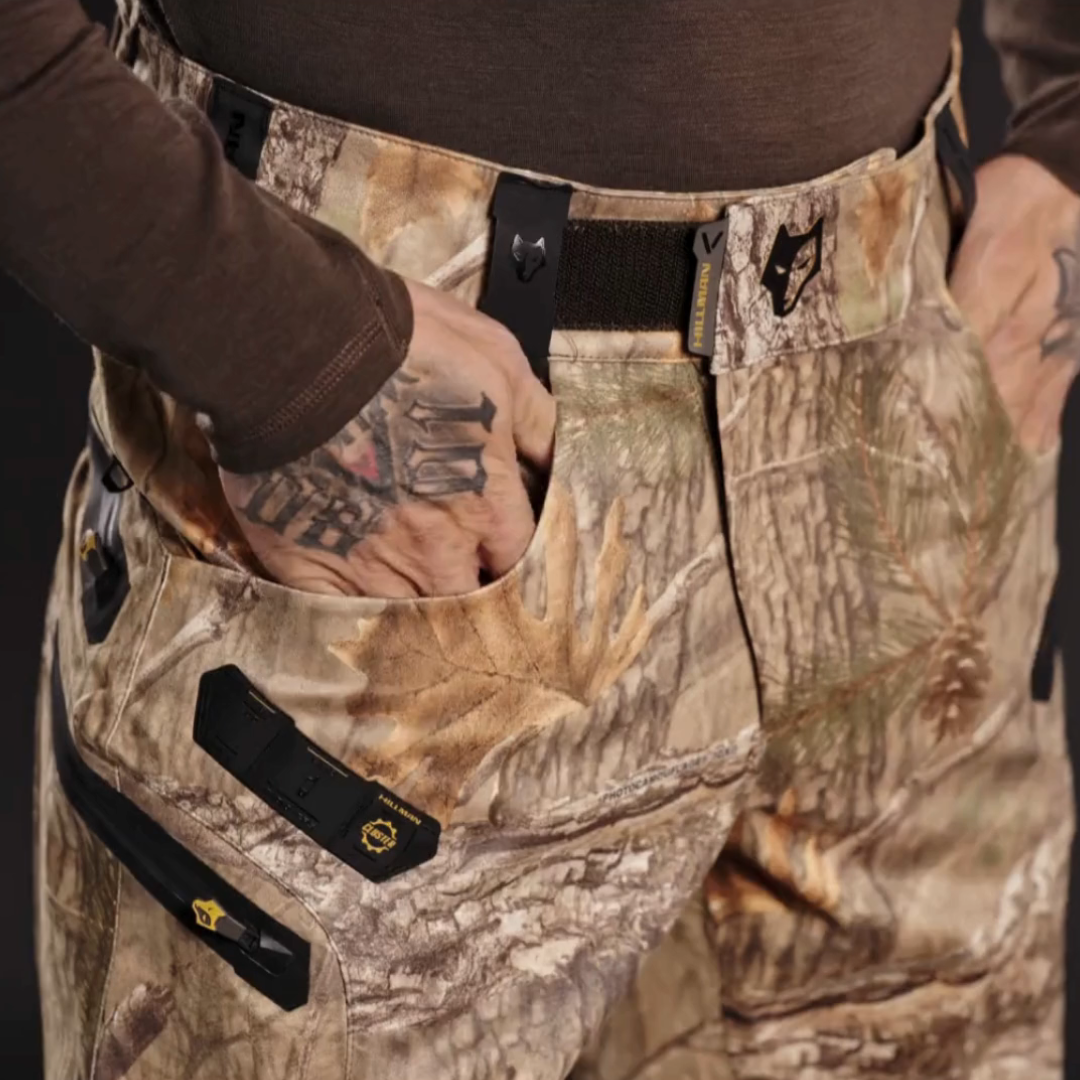
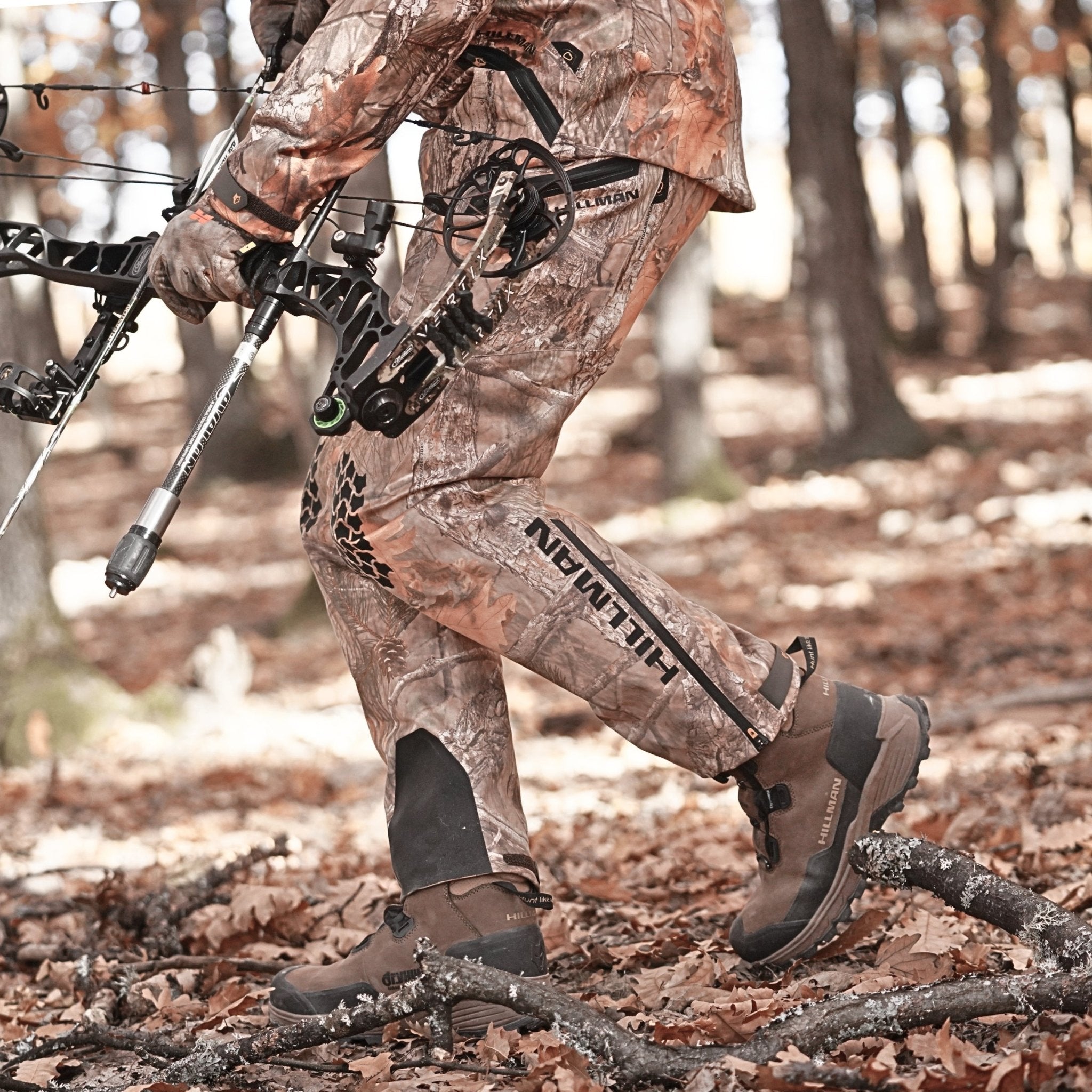
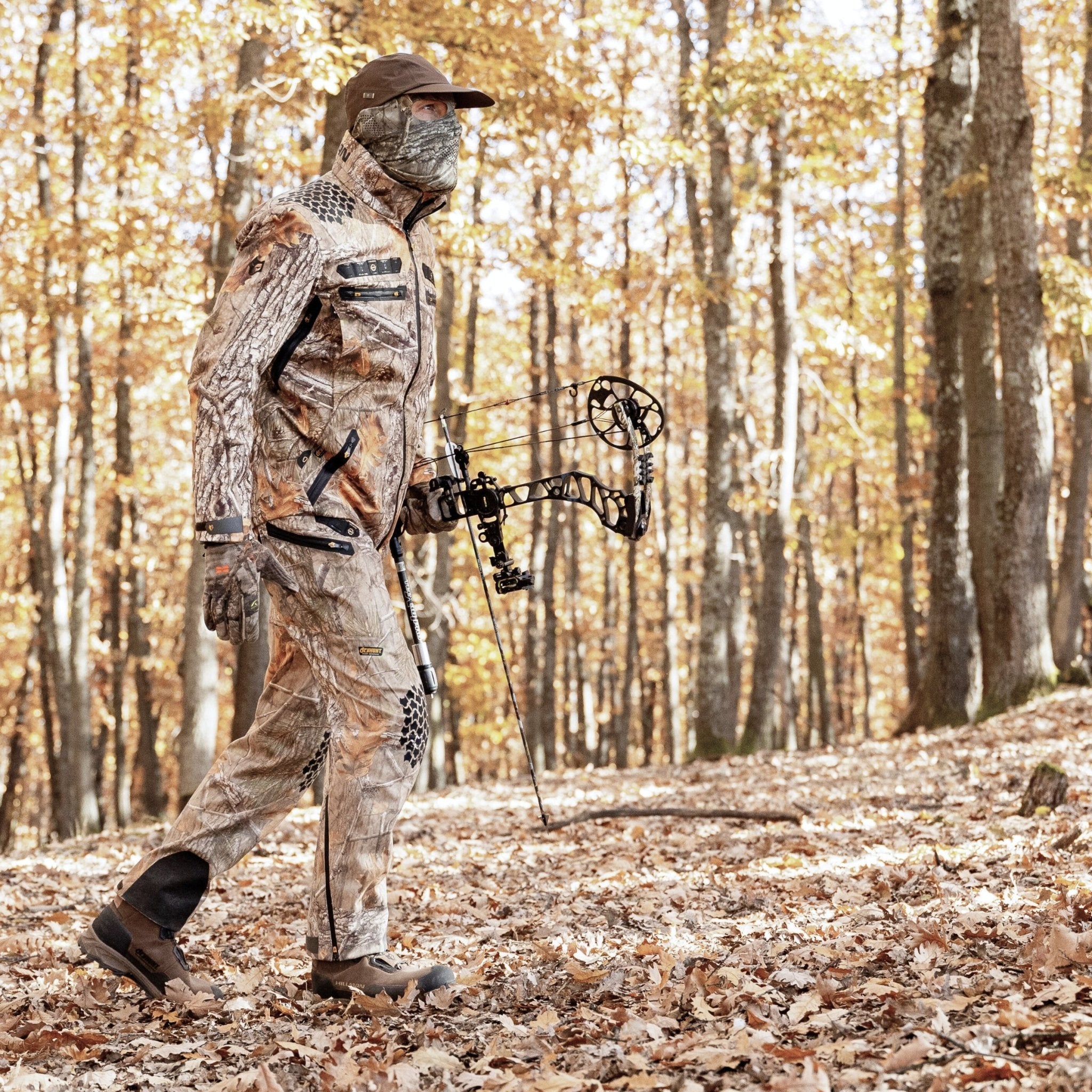
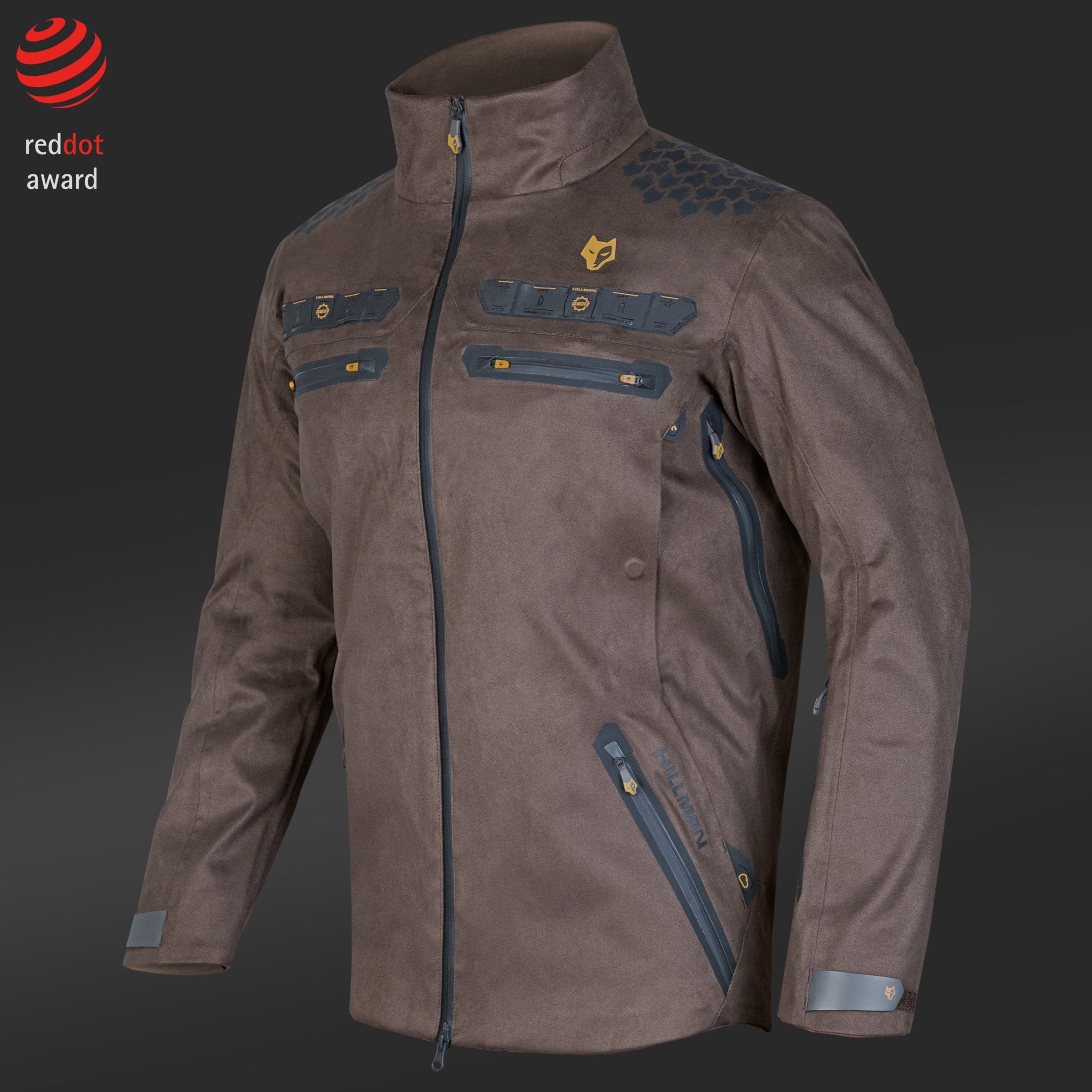
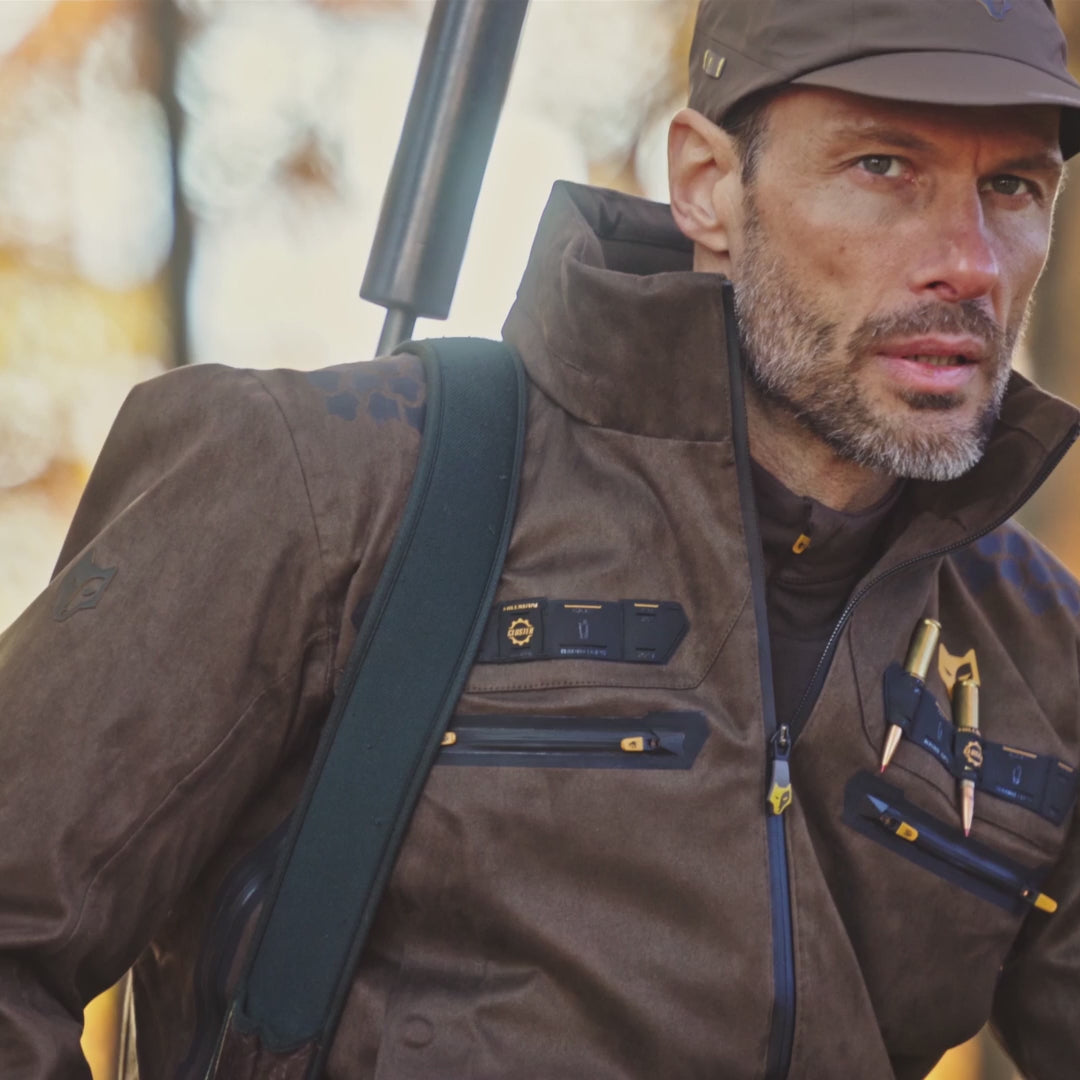
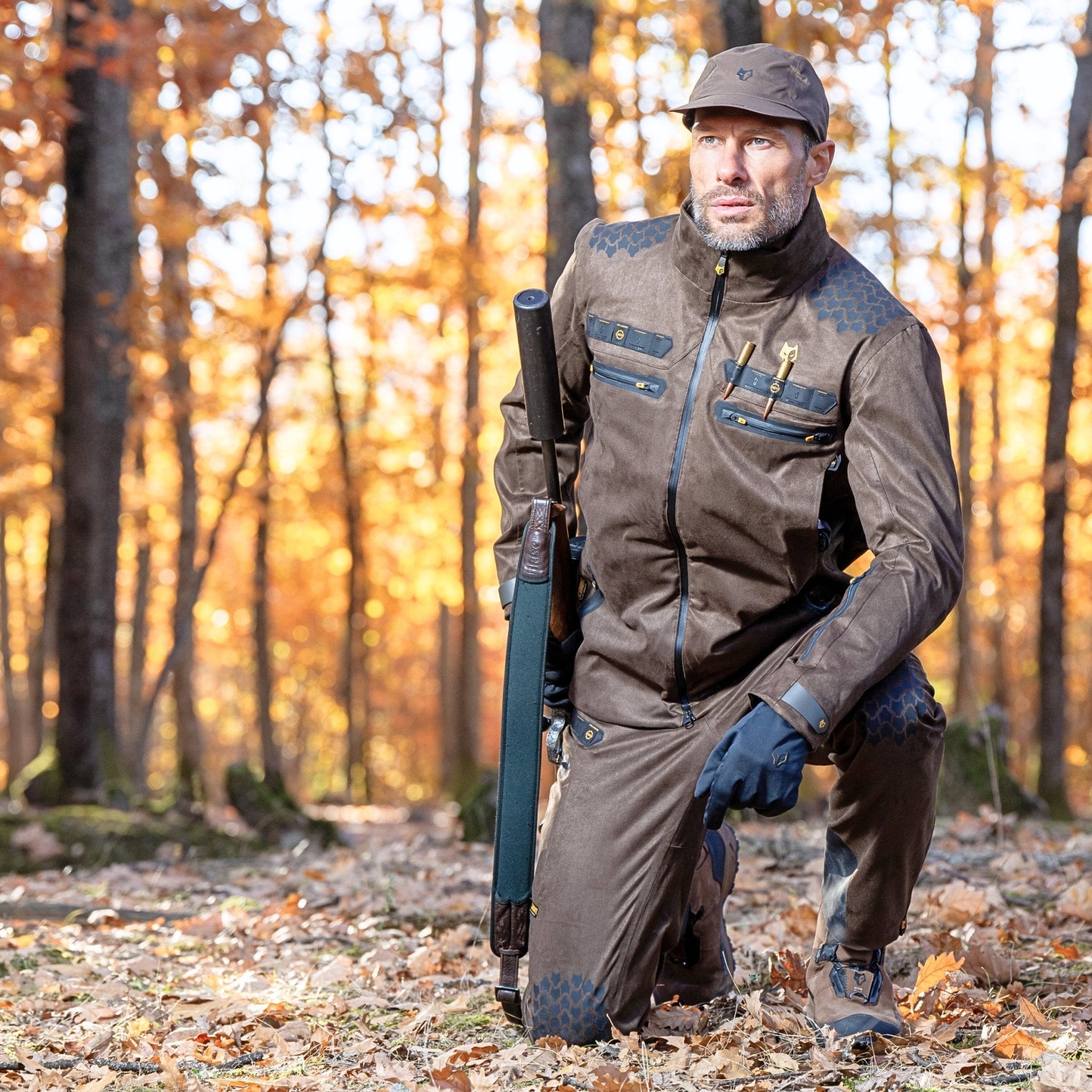
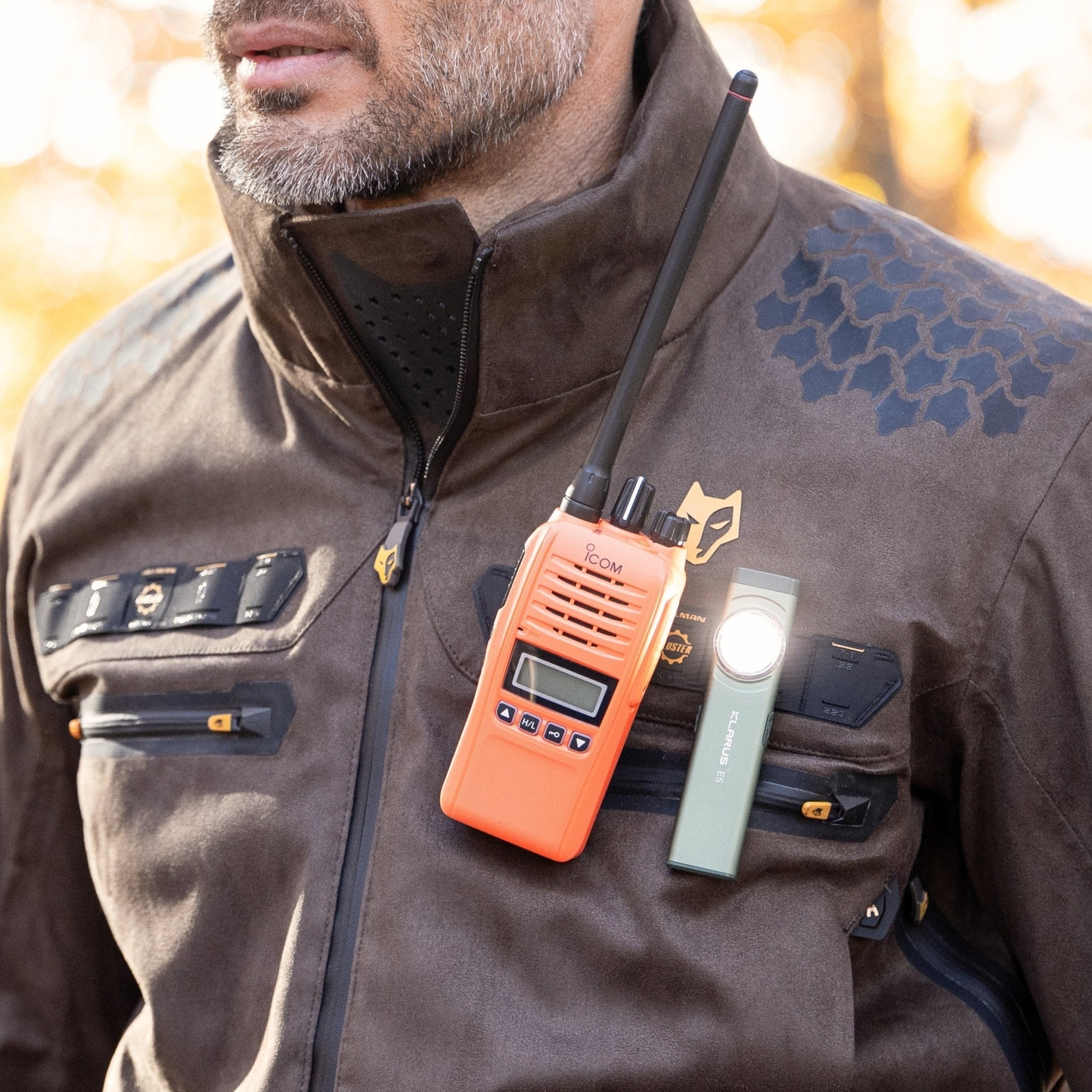

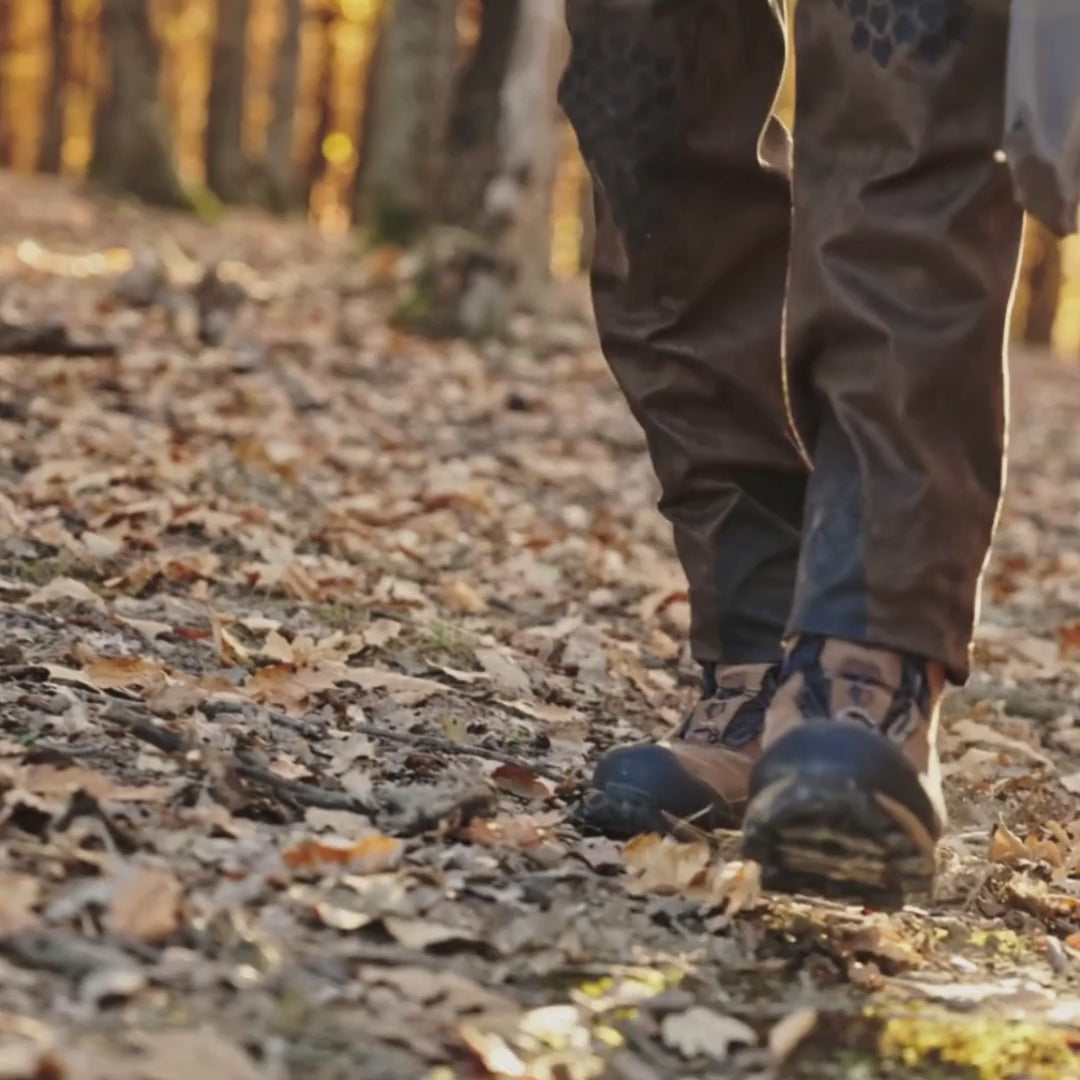
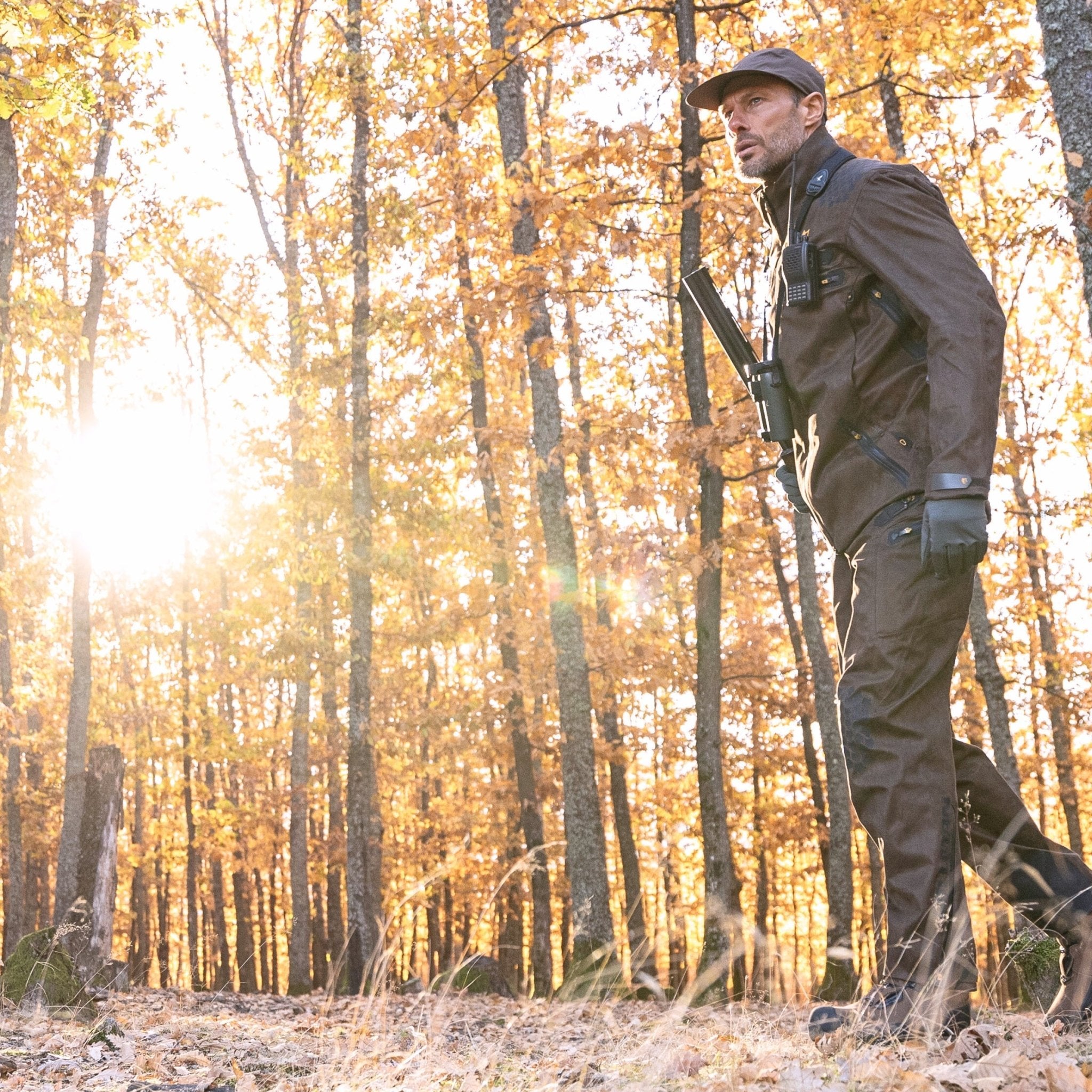
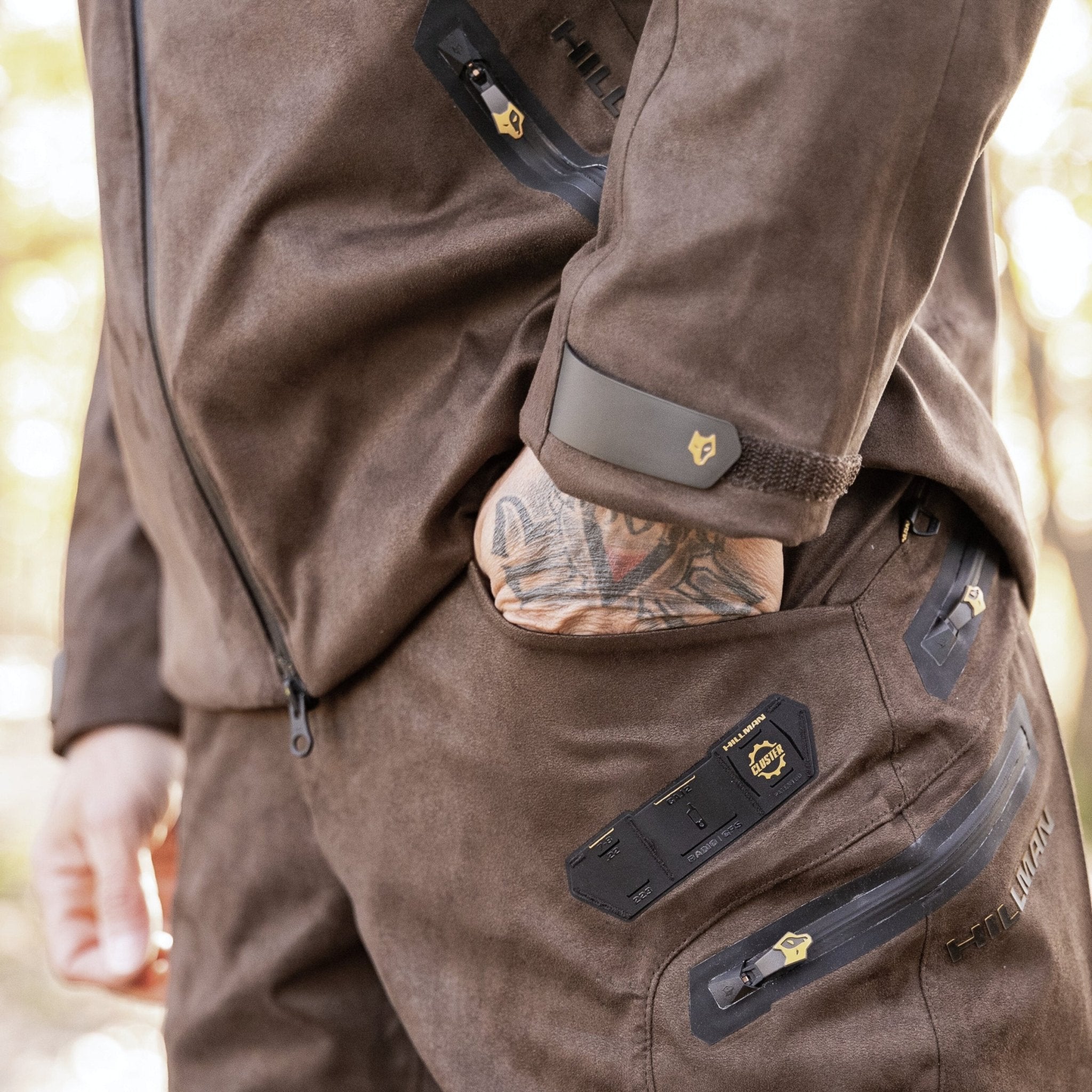
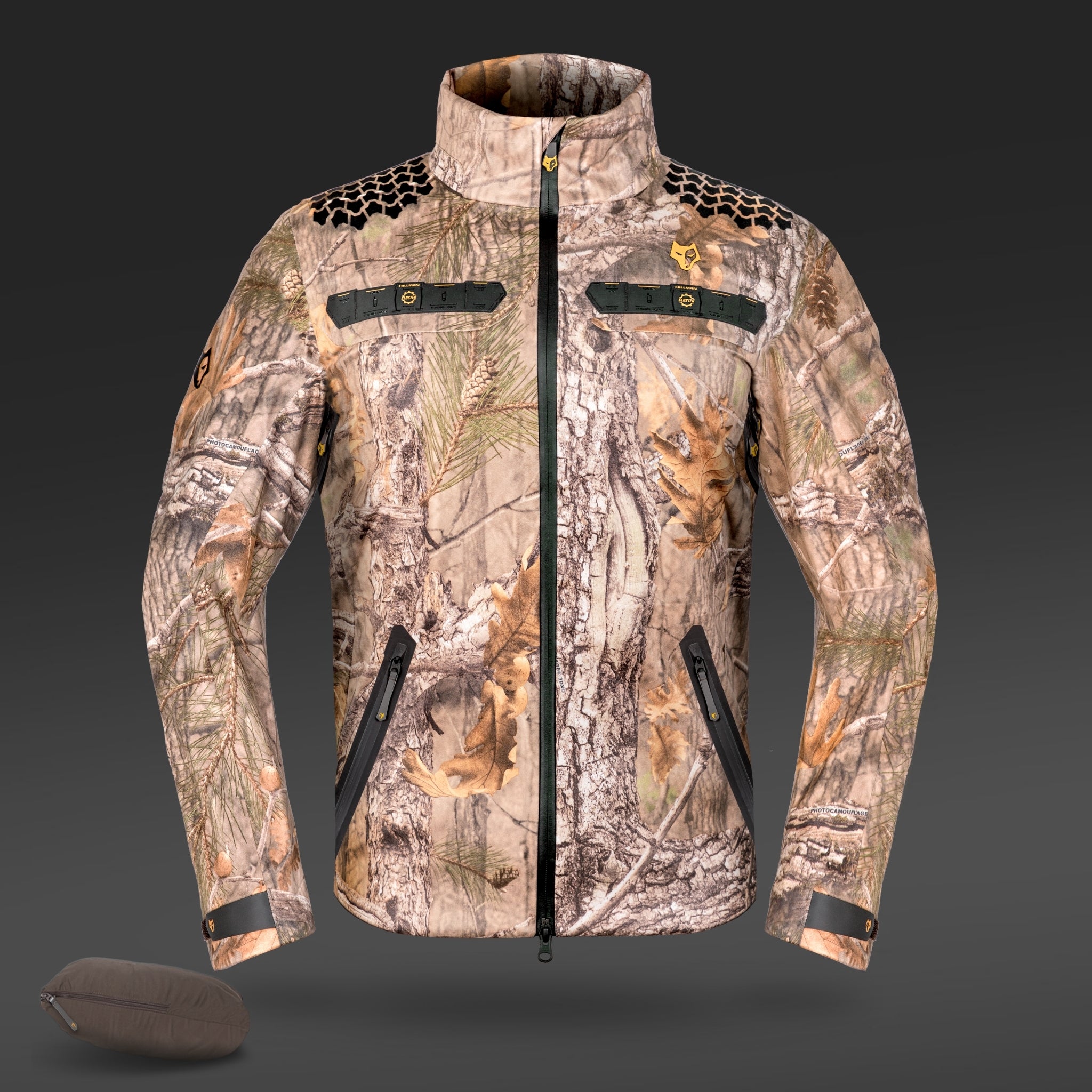
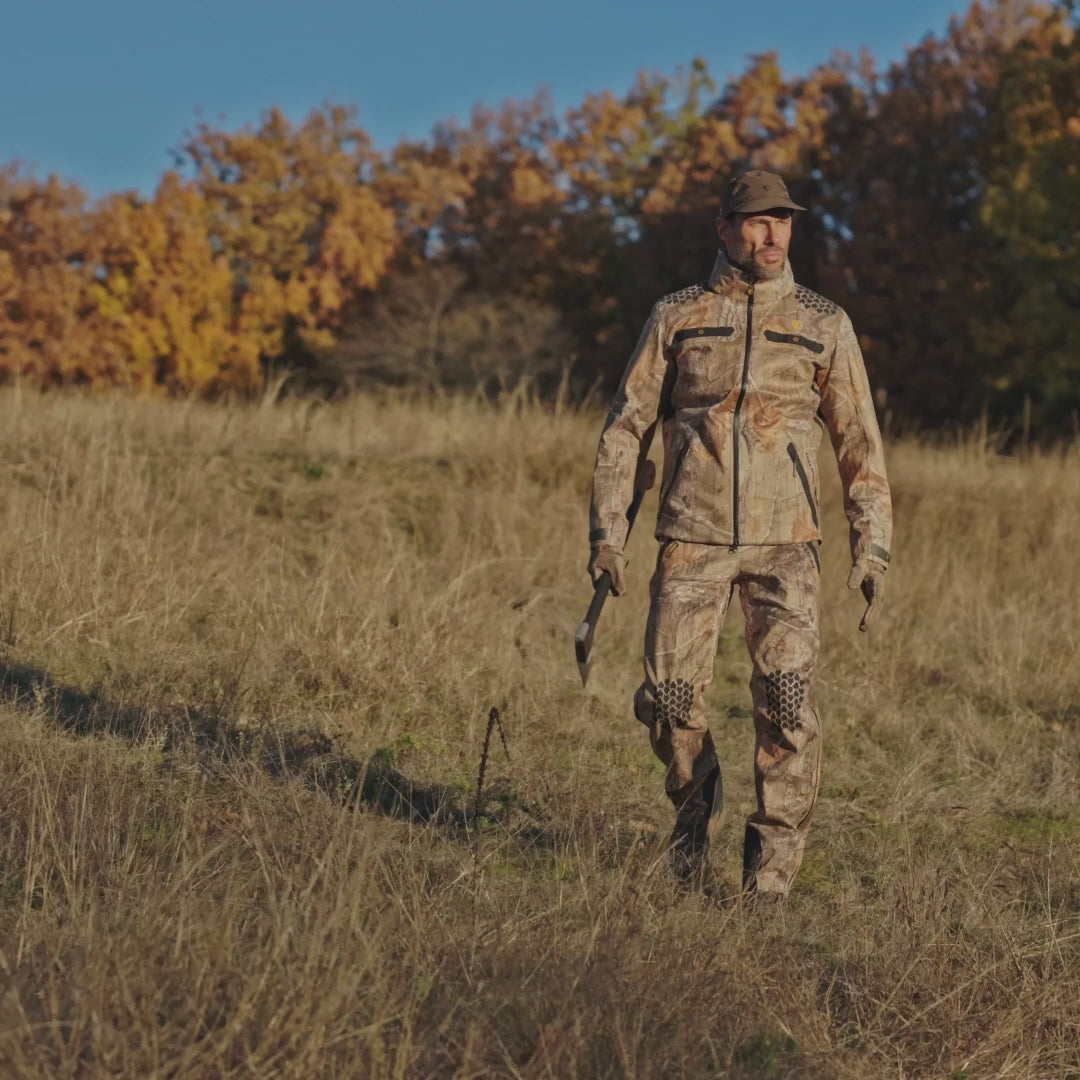

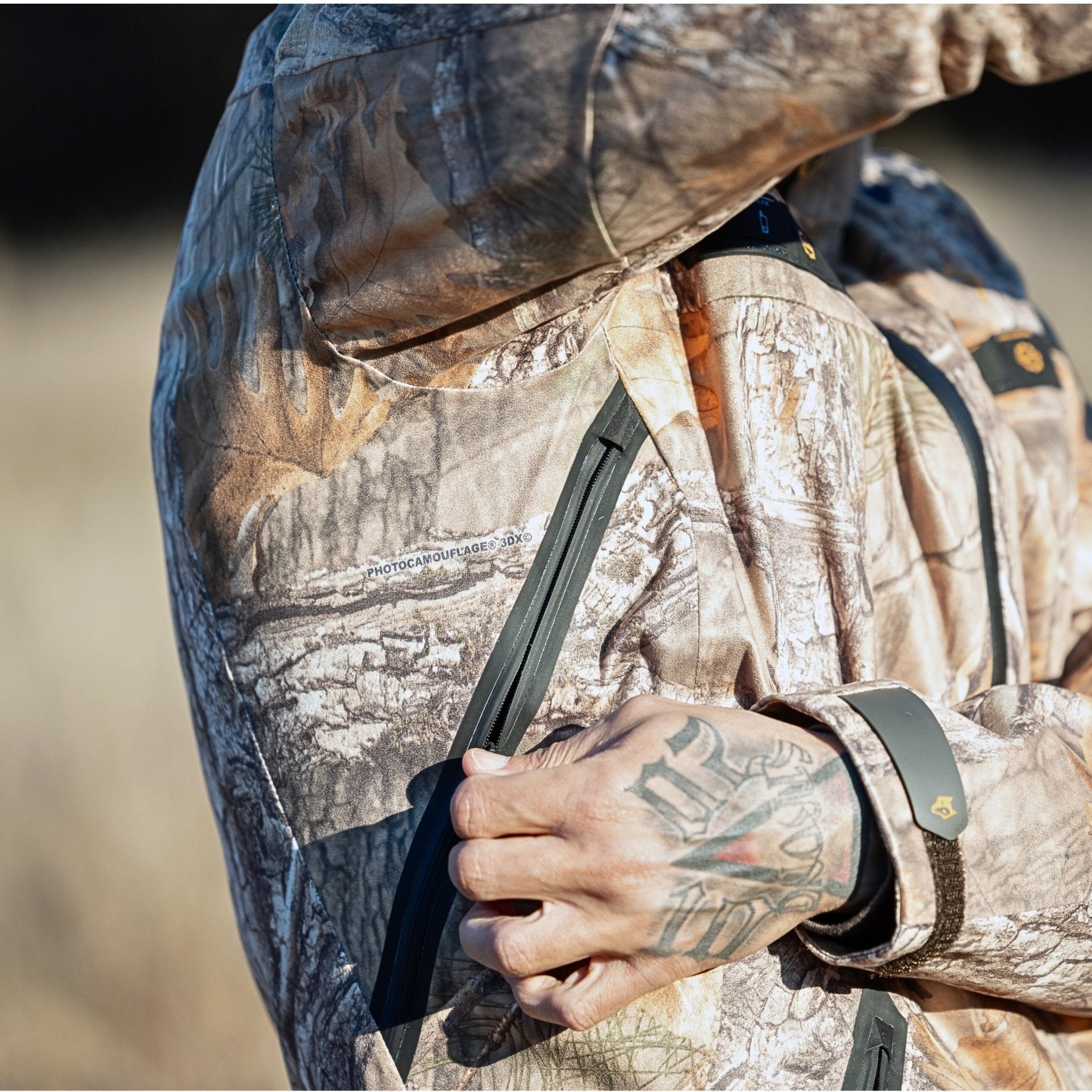

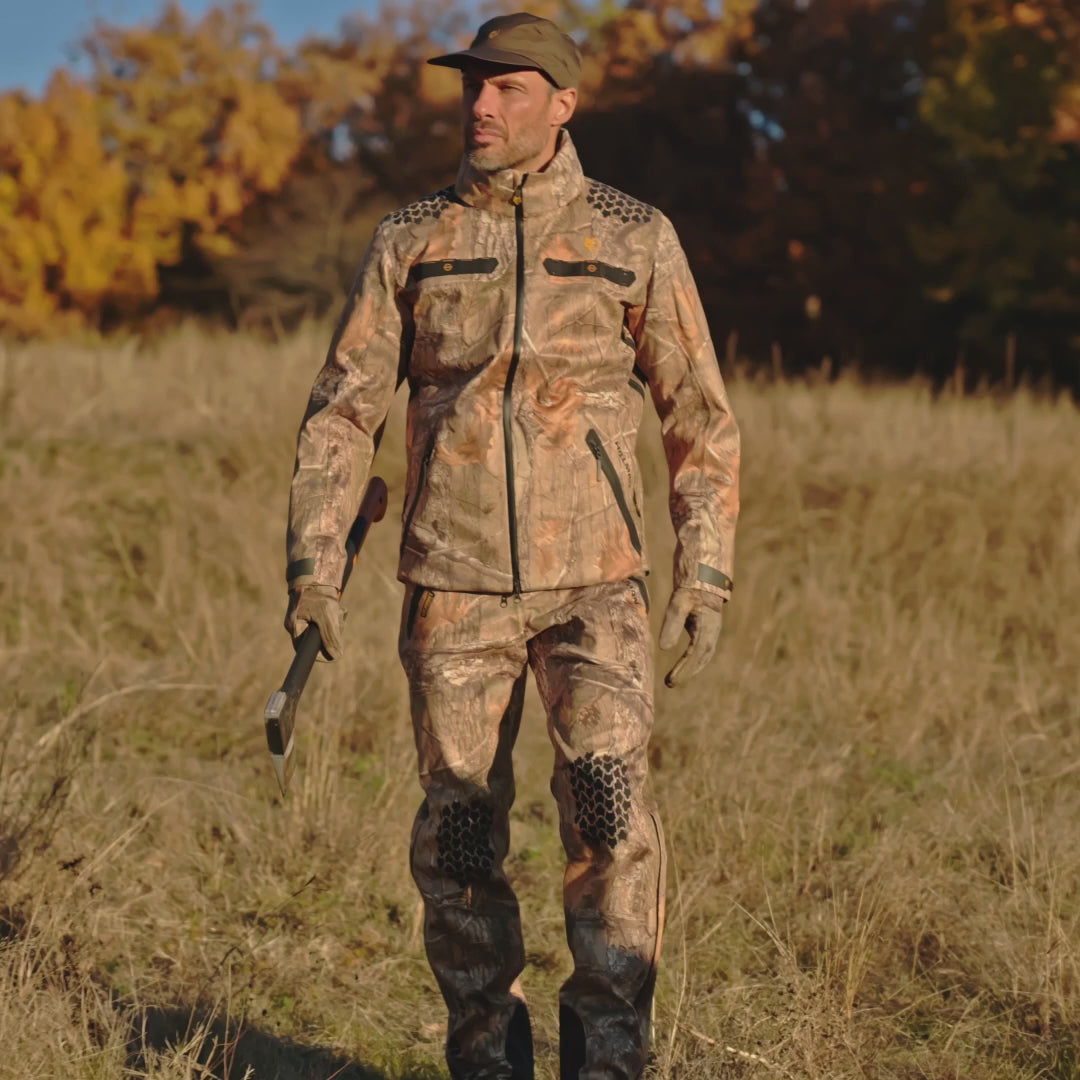
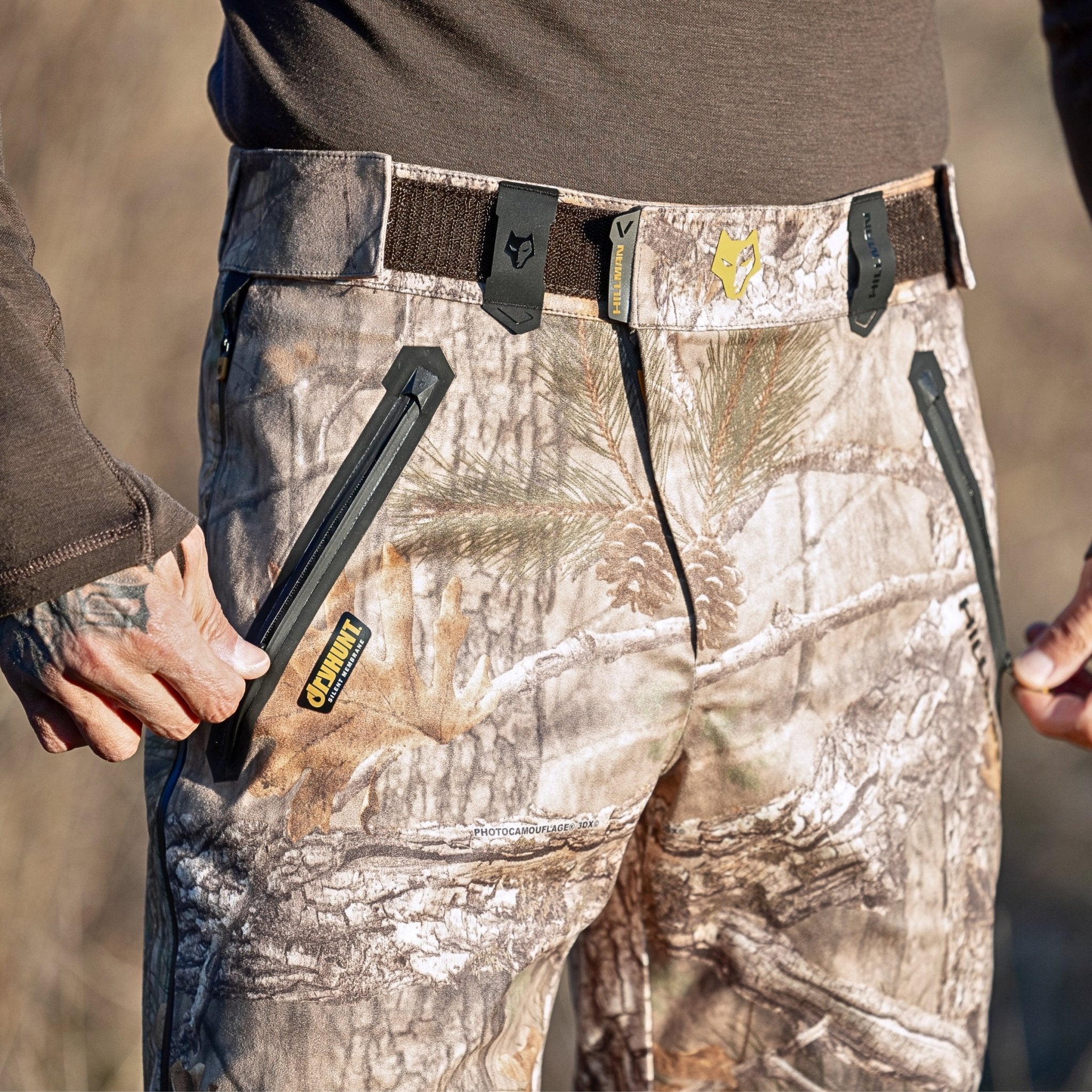
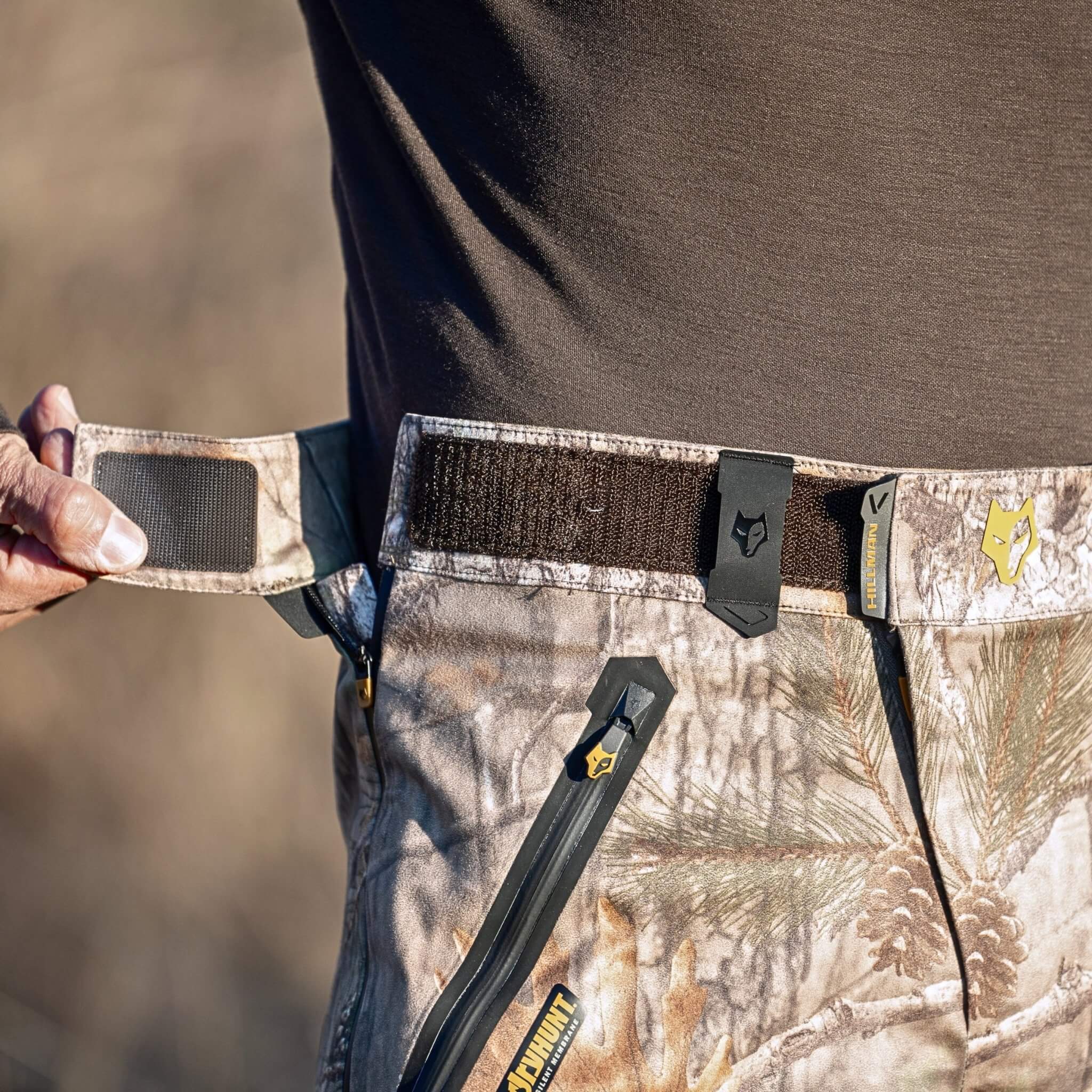
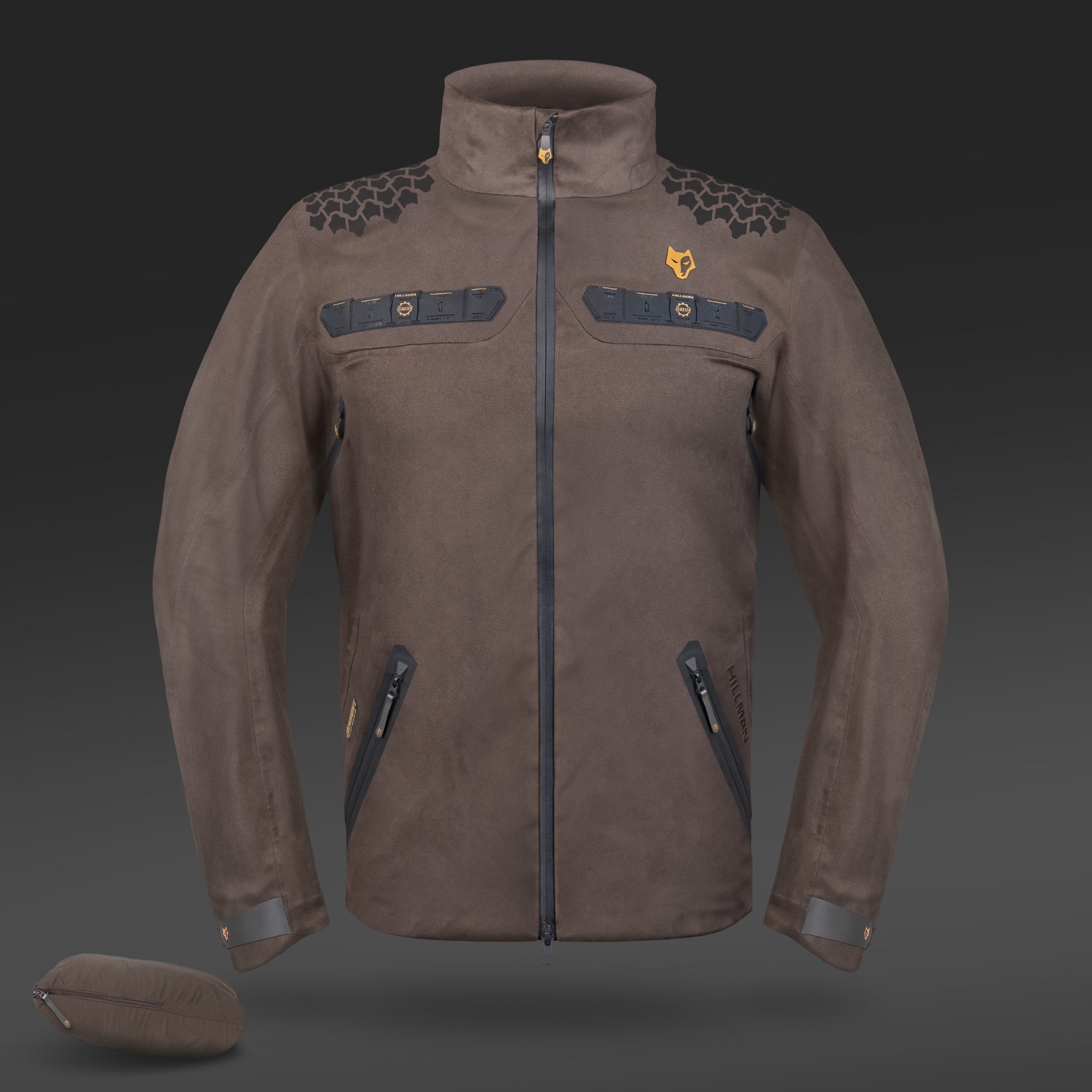

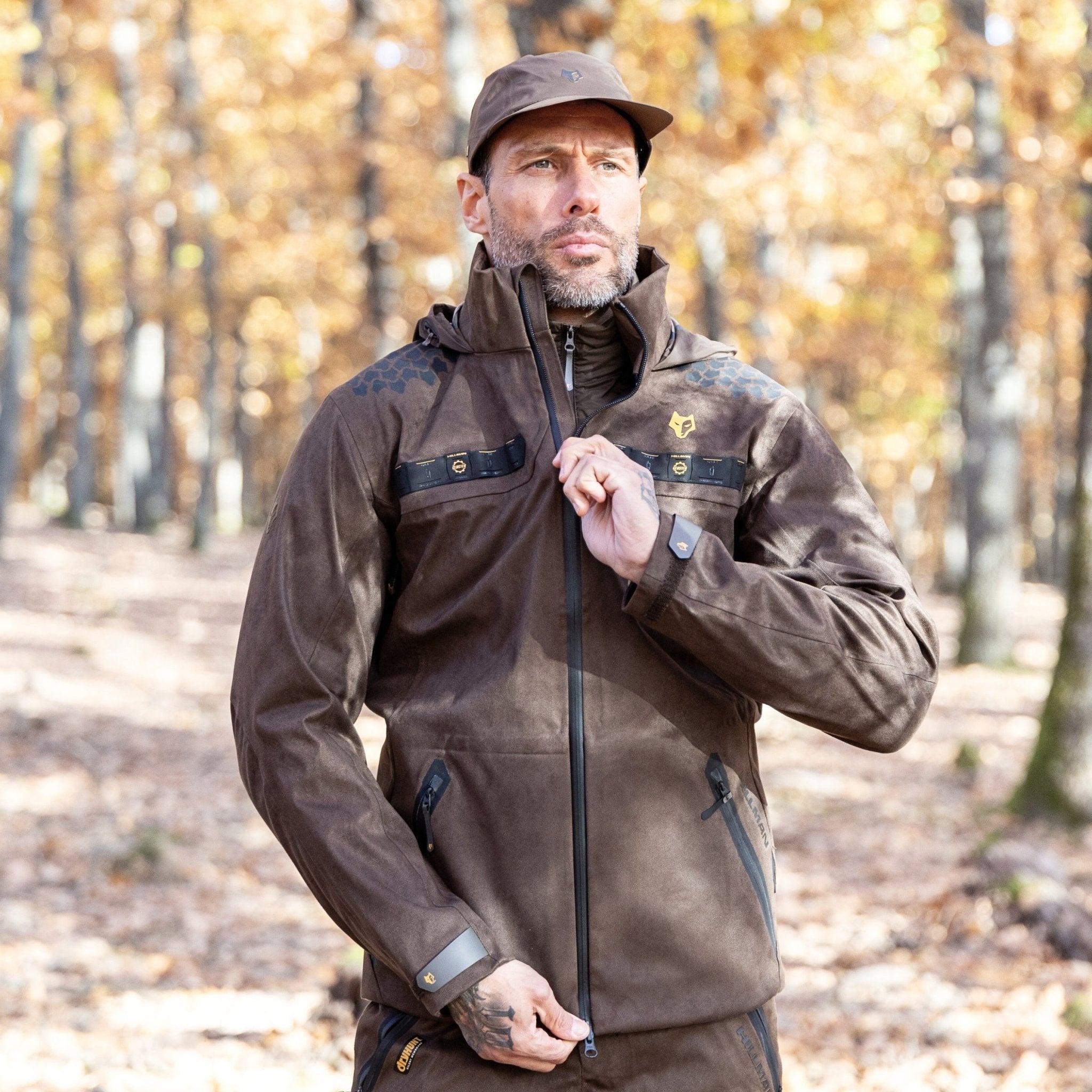
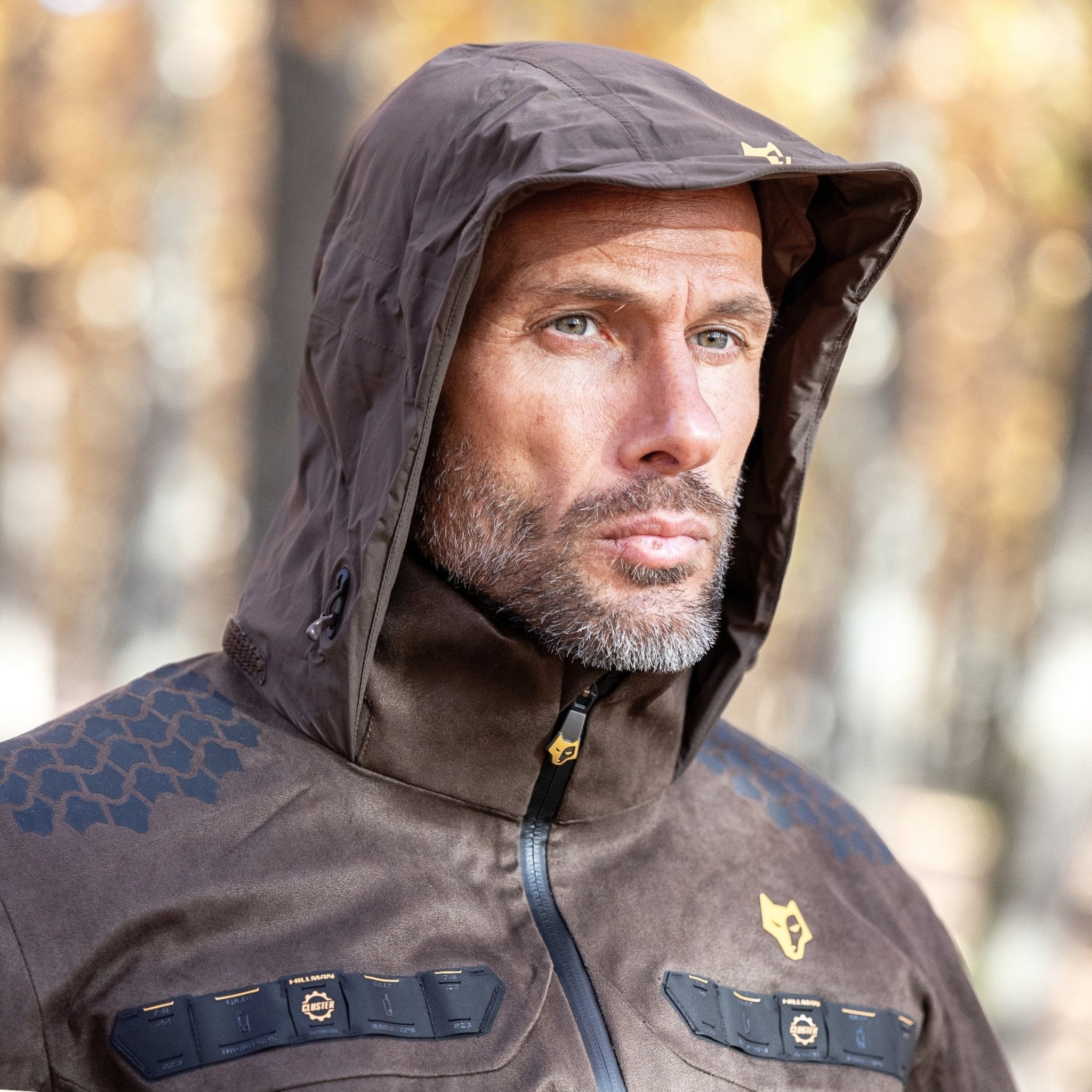
Share:
The Best Elk Hunting Boots: Stay Comfortable and Dry
Best Heated Hunting Clothes for Cold Weather 2025
Recent Posts